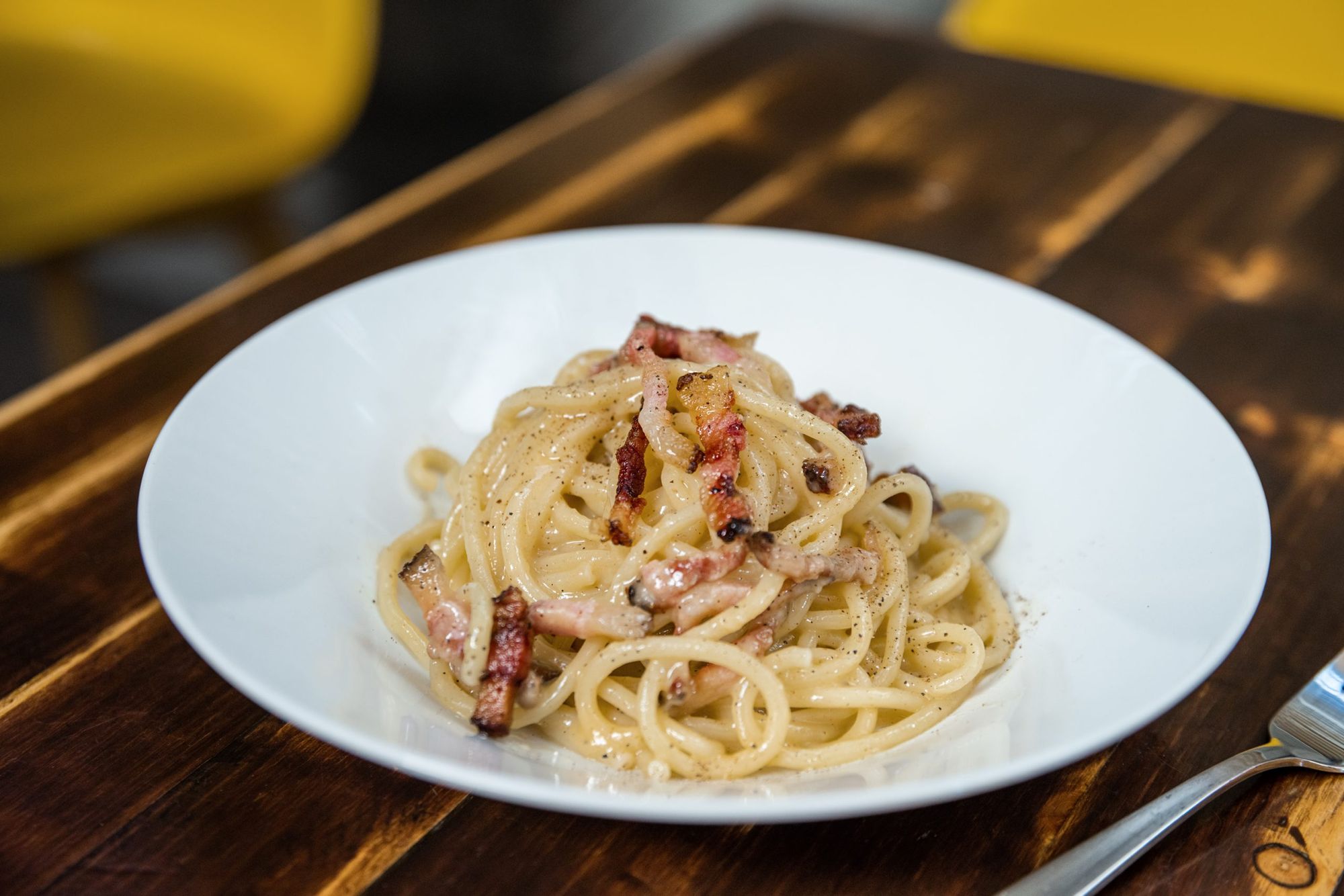Italy has always been a popular destination for Hungarians. We can quickly identify with the happy-go-lucky attitude of the Italians, their love of family and their genuine passion for food. But it seems we’re not the only ones who enjoy traveling to The Boot of Europe; they’re also keen to make Hungary their home—in this part of our series, we visited the Italian community in Budapest.
Regardless of which rural Hungarian town you visit, you can be sure to find an Italian restaurant. It’s debatable how authentic they are, but their existence shows that pizza and pasta are popular and easily understood genres in this country. In my hometown, when I was a child, there was also The Italian Restaurant, where we would go for dinner on family holidays, savoring the seafood and artichokes, something we never used at home otherwise. Of course, we were not alone—the culture of the boot-shaped continent is known and considered outstanding perhaps throughout the world. The region was already inhabited by Etruscans and Greeks in the Antiquity, and under the Roman Empire, it experienced rapid development and growth. Although the area was later divided into several principalities and parts of it belonged to Byzantium and the German-Roman Empire, there were constant attempts to create a unified Italy. The Kingdom of Italy was founded in 1861, but due to persistent conflicts with the Papal States, it was only in 1929 that they reached an agreement. Italy today covers more than three times the area of Hungary and has the biggest population aged 65 and over in the EU—it’s safe to say they know how to live.

Politics aside, as the cradle of the Roman civilization and the Catholic Church, Italy has been a genuine cultural center for centuries. Sandro Botticelli, Giovanni Lorenzo Bernini or Carlo Alessi, Gianni Versace—are just a few names that have gained global fame. But there have always been many styles and trends mixed together, whether in fashion or design. Unsurprisingly, it is also a real melting pot culinary-wise because, as with China, we cannot speak of a unified Italian cuisine. Recipes depend on the climate and the agricultural conditions; north and south can be broadly separated: due to the continental climate in the north, maize and rice are grown here—fun fact: more rice is grown here than in the entire United States. (The quality is also excellent, often better than the Japanese—no wonder there are some famously good sushi bars in Milan.) Livestock farming is a major focus in the Alps; therefore, they prepare meals with a lot of meat and dairy products, and polenta dishes are also very popular. This is where, for example, gorgonzola, balsamic vinegar and cured ham come from. In the south, the climate is Mediterranean, with more vegetables, tomatoes, peppers and aubergines. It is also the home of olive oil and the realm of fish and crab dishes due to its proximity to the sea. What cuts across the whole country is a passion for pasta: in the northern regions, fresh pasta gets in the pot frequently, while in the south, dry pasta is more common.
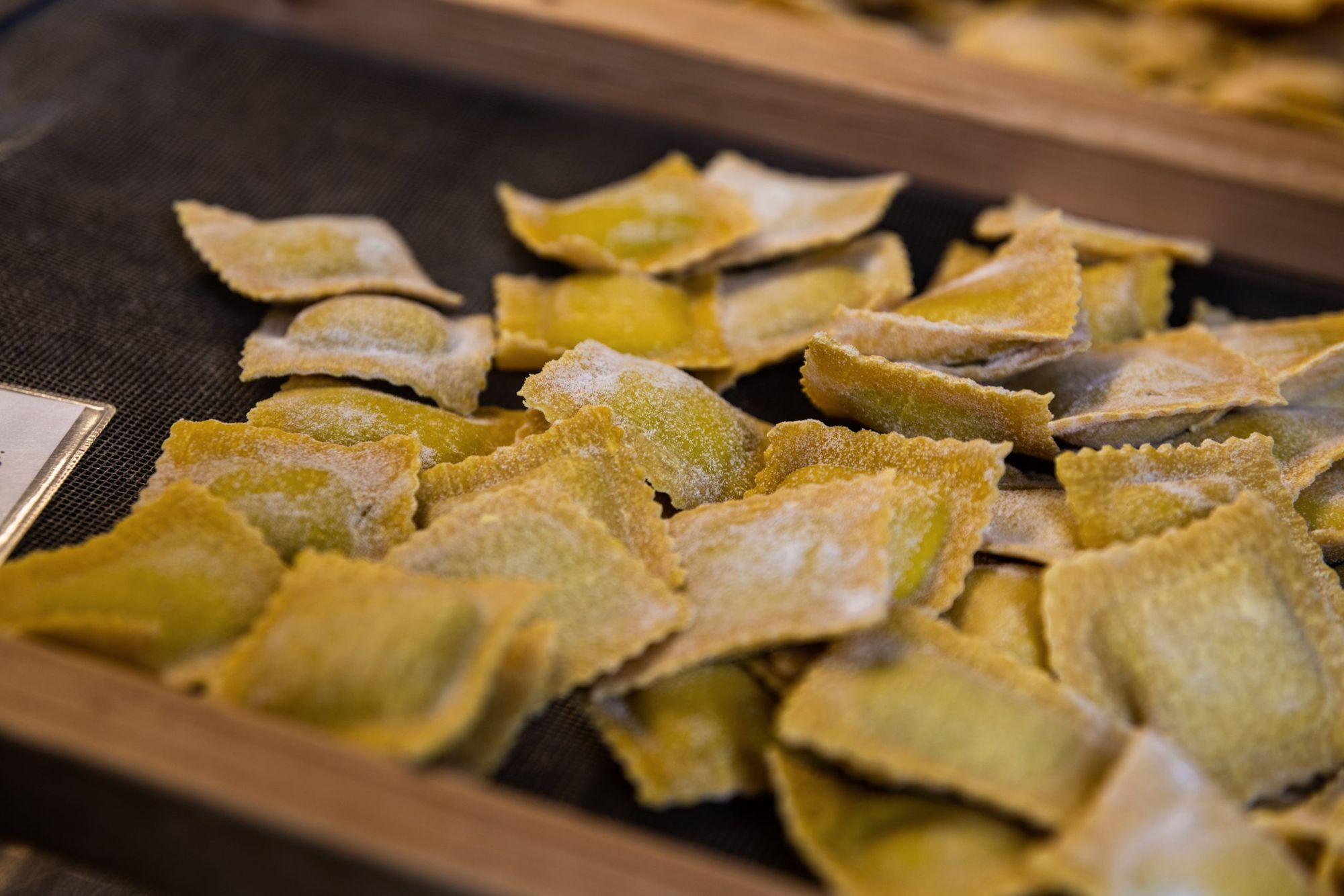
The Italian community in Hungary is estimated at around 8-10,000 people, but an increasing number of young workers or students are initially leading a double l life. In Italy, there is a high level of recession and unemployment, which creates a precarious situation for young people starting their careers. Several people mentioned that they have many more opportunities here, for example, in various multinational companies, where they only need to have language skills. Many firms have outsourced their service centers to Hungary because of the good workforce and the relatively low maintenance costs. This group makes up 30-35% of the population. The next largest group includes pensioners, who have a more comfortable livelihood in the country, typically building a community around a church. And for many, Budapest is love at first sight: colorful, vibrant, diverse, and multicultural. And if any of them get homesick, they don’t have to worry; there are plenty of Italian places to choose from. Since Italians are very proud of their gastronomy, they don’t joke about it, so it’s not difficult for a native of Italy or a Hungarian guest to find authentic things to eat. There were some iconic restaurants in the past, such as Caffè GianMario or Little Italy, but in the last few years, they have multiplied like mushrooms, thanks to the popularity of Neapolitan pizza, for example.
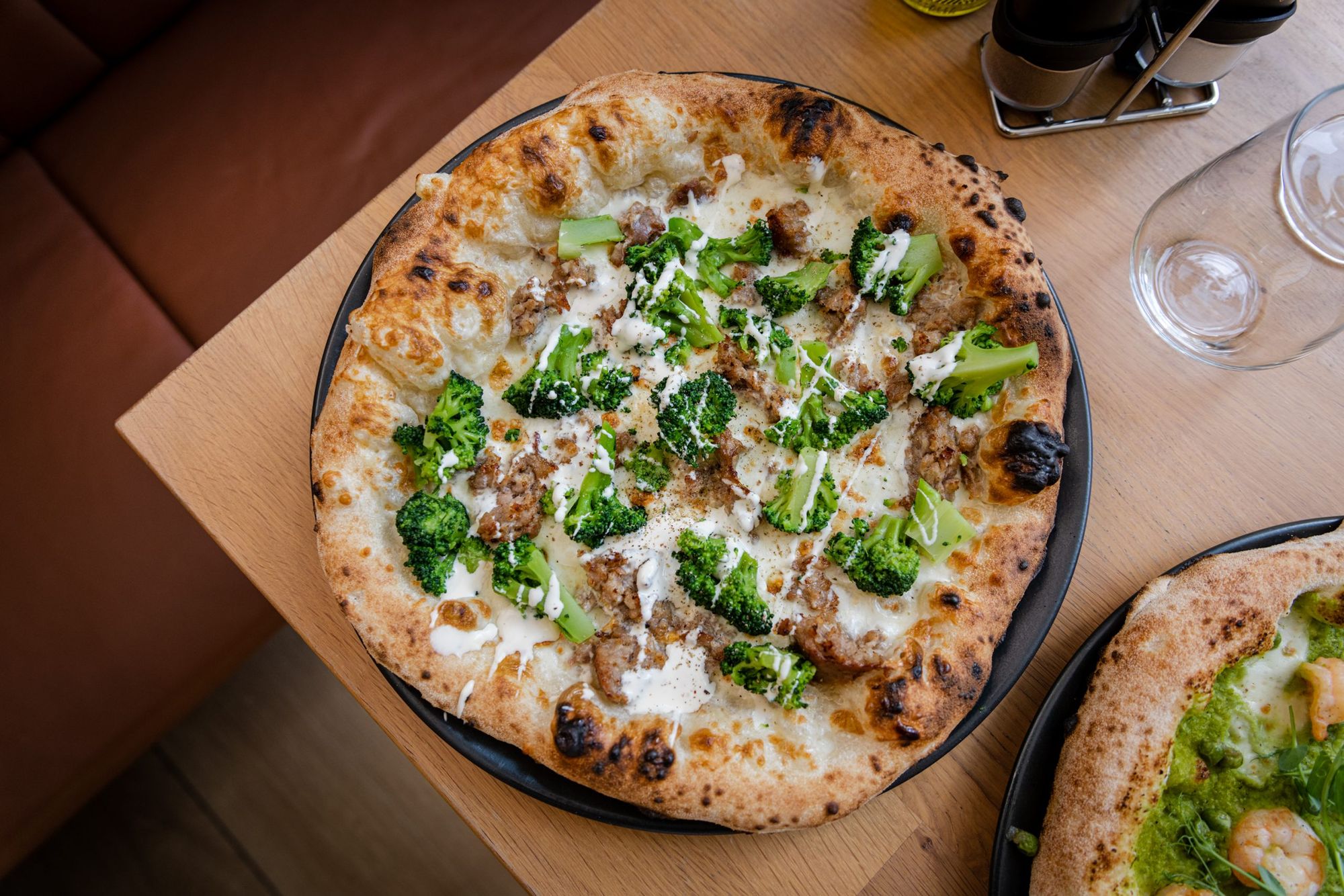
Italian dishes are simple in general, so the idea is to use the best possible ingredients, which can then shine through in the flavors. That’s why every recipe starts with sourcing a quality base, whether it’s pasta, olive oil, charcuterie or cheese. BUONO.HU (olive oil and pasta shop) was born out of a desire—Giuseppe Scaricamazza, who is of Hungarian origin through his mother, moved to Hungary more than 20 years ago. He worked as a computer scientist but was always interested in gastronomy, and when he moved to Hungary, he was sad to discover that the flavor of the ingredients available here was nothing like what he was used to growing up in Teramo.
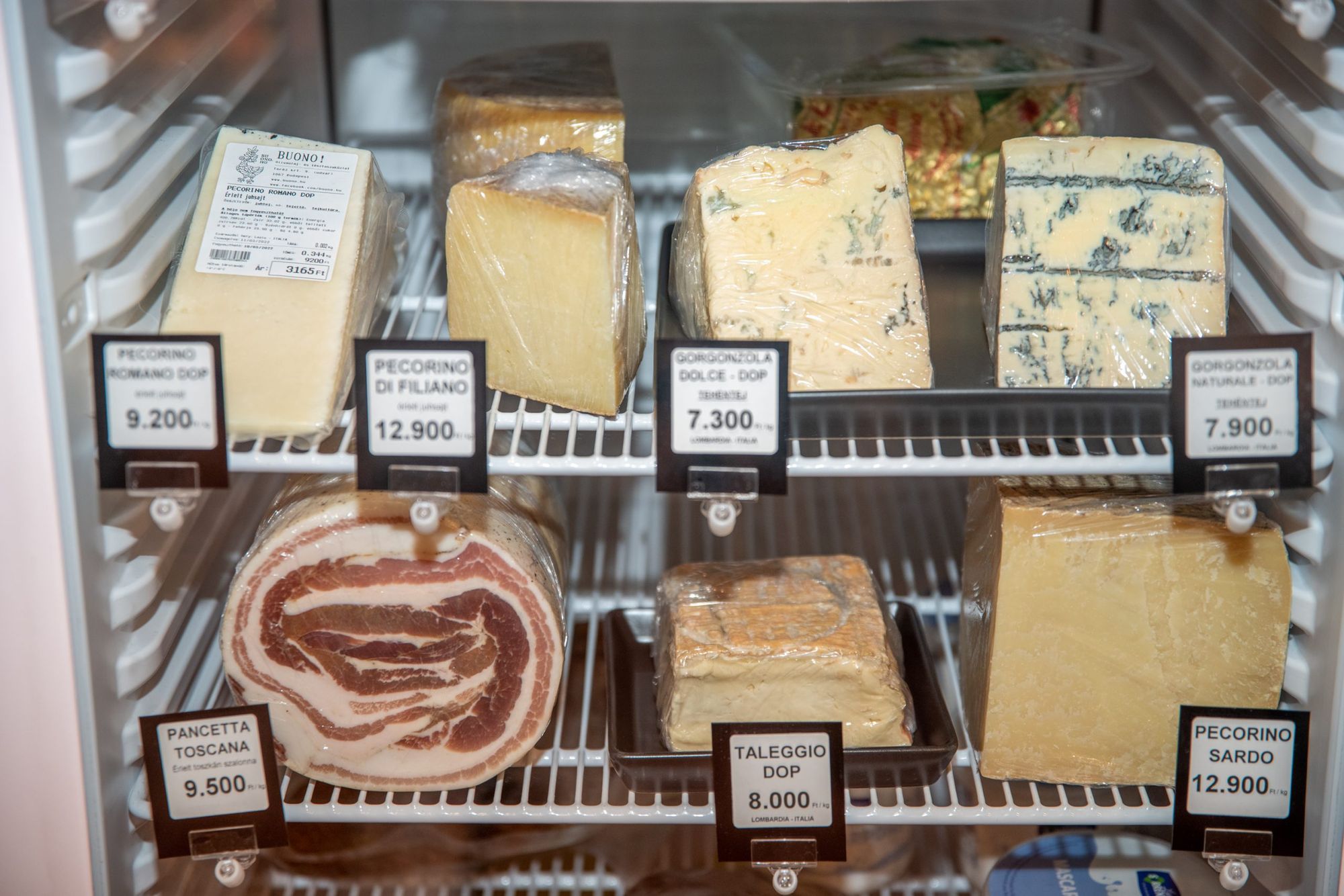
When he returned home, he always came back with delicacies, for example, olive oil, which, in an unexpected twist, captivated Tamás Bereznay, the head chef of the Kárpátia restaurant at the time. Giuseppe started to learn, he wanted to know everything about olive oil, and his name spread in the culinary world at home, attracting more and more people to his restaurant. On the advice of his customers and Zsófi Mautner, he finally opened his own shop in the courtyard of an apartment building not far from Oktogon.
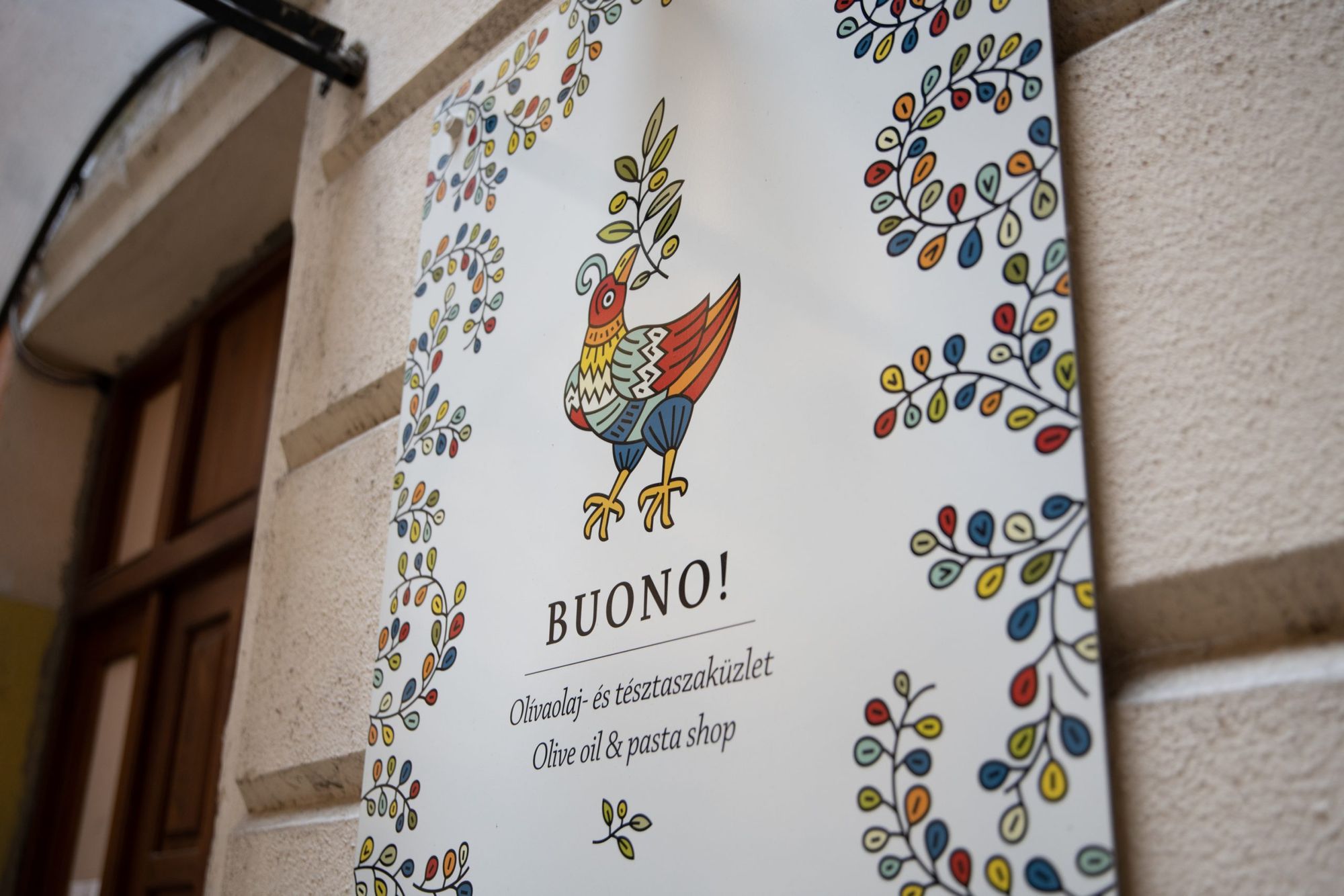
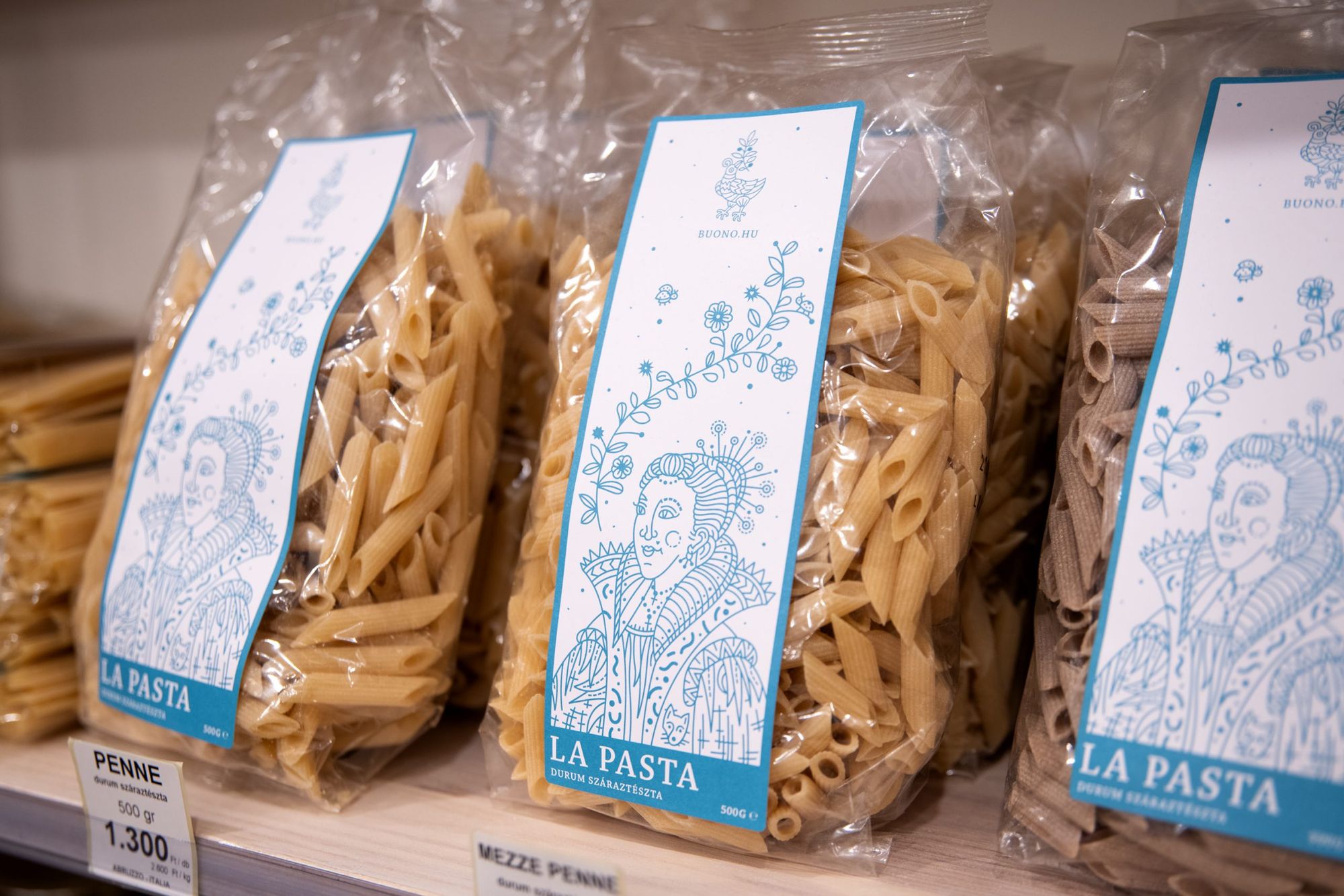
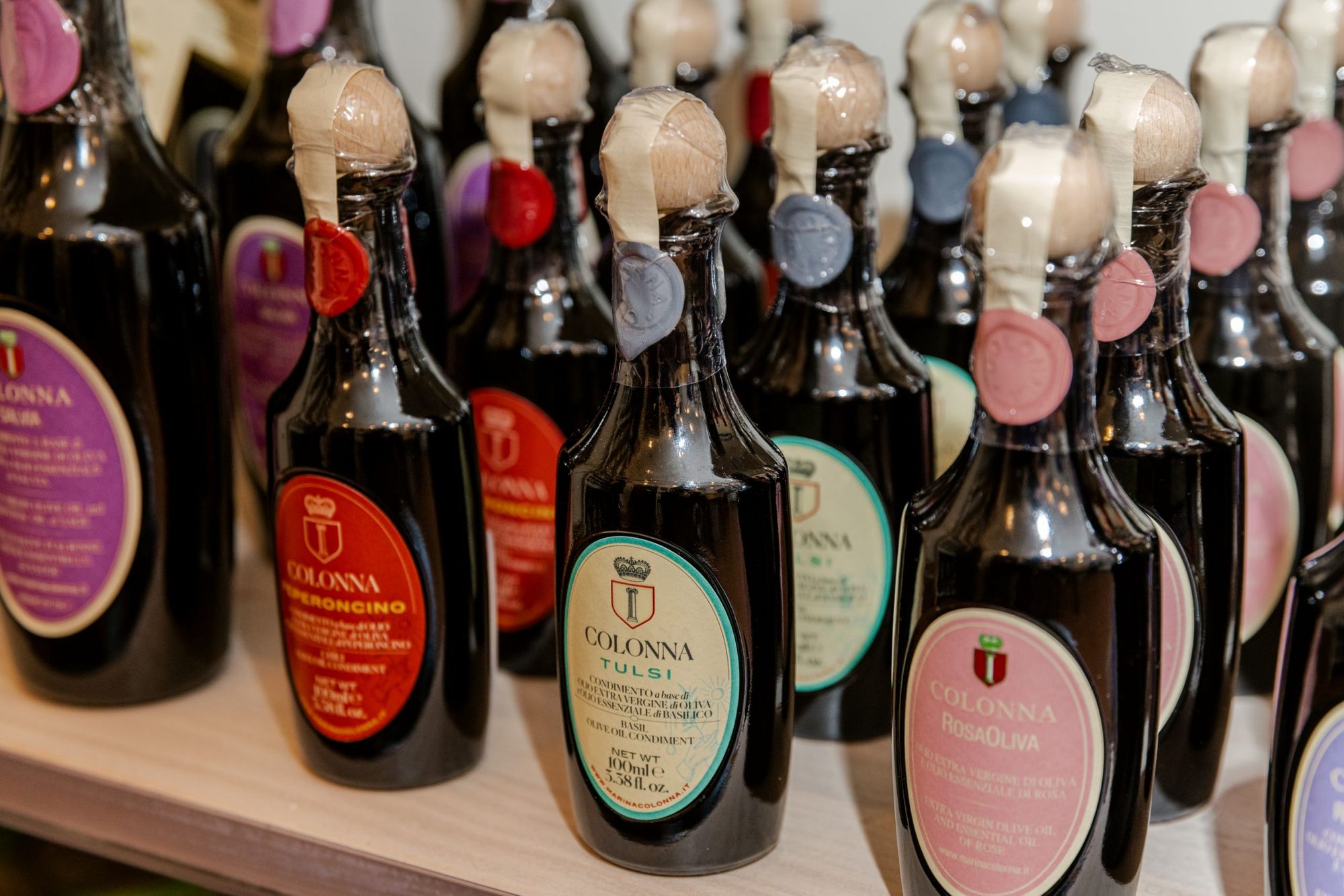

The shop is small, but you can spend hours browsing through the products arranged in order, like in a pharmacy, or as you would browse through art in a gallery: bottles of filtered and unfiltered olive oils and vinegar, varying in vintage and growing area, pasta, pestos, tinned tomatoes, olives and capers waiting to come to life in a dish, but also a wide range of untreated citrus, buffalo mozzarella, burrata and stracciatella, noble aged rice, various pasta-making tools and Bialetti coffee makers. If we get stuck, Giuseppe or his business partner Balázs Váradi-Szabó will be happy to help. The logo that marks the shop is easy to recognize from a distance—the work of Aliz Borsa, who used the majolica patterns of the chapel Chiesa di San Donato in Castelli as a basis for the identity of the place.
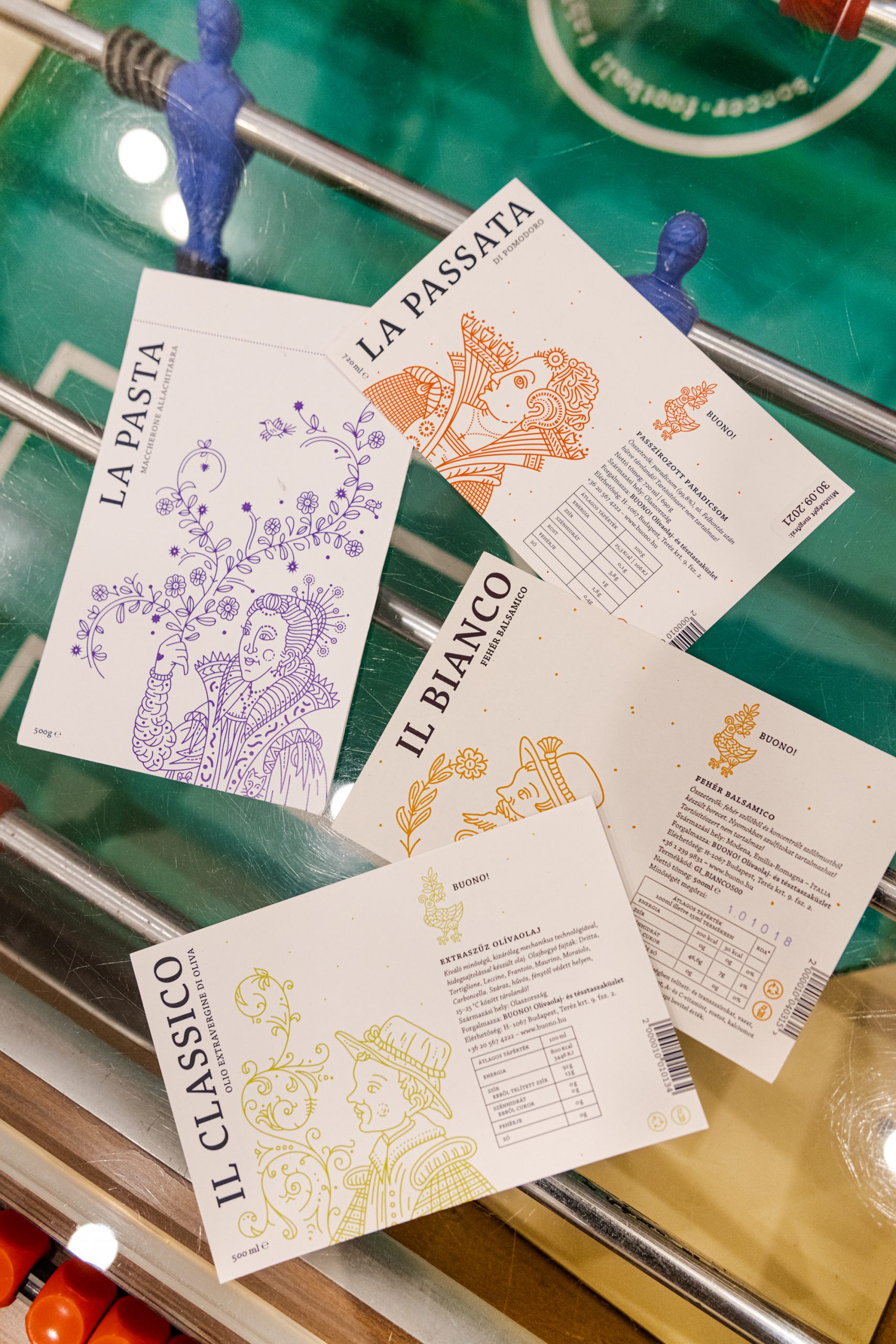
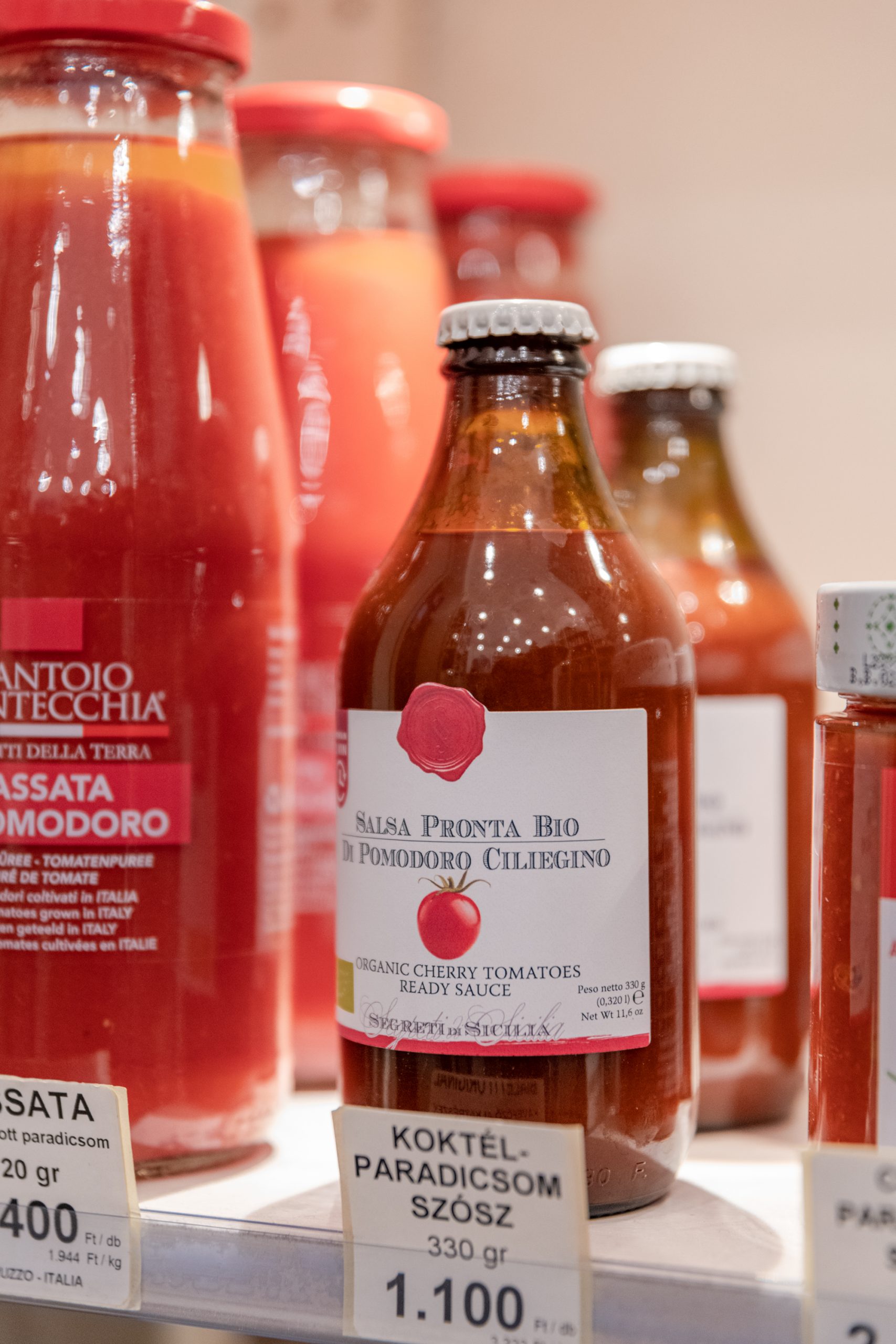
As mentioned above, pasta is not a game, it’s a religion—the best example of how seriously the Italian people take this food is the more than 10-year-old 2Spaghi. Hiding in the tourist bustle of the Gozsdu Courtyard, the shop is a true pasta heaven, homely, peaceful and above all, perfectly authentic. It is guaranteed by the presence of the three founders, Jacopo, Matteo and Alessandro, who opened the restaurant in 2012 with a lively Italian flair, like true restaurateurs. The name is not even appropriate; they themselves prefer to refer to the place as a pasta bar, where homemade egg and durum kinds of pasta take center stage.
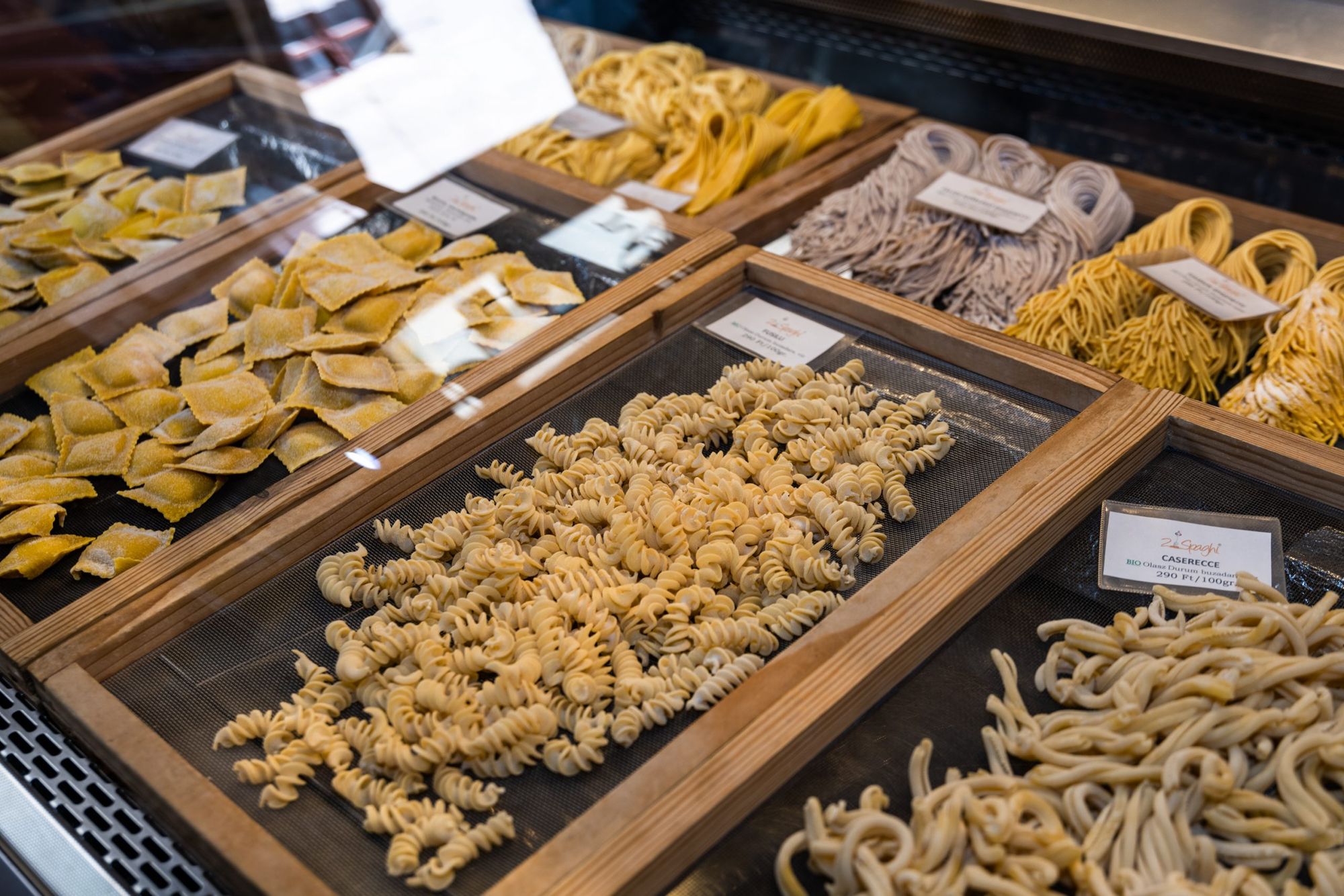
There is no permanent selection apart from the classics, and the fresh pasta to buy, such as tagliatelle, fusilli, gnocchetti and ravioli, there is also the option of eat-in and take-away, with authentic sauces. There is no reinvention and fusion here, but an emphasis on quality ingredients and original recipes: carbonara is not made with cream and other substitutes but with egg yolks, guanciale (or sturgeon bacon) and pepper, ideally bucatini. The homemade bolognese sauce cooked with wine envelops the tagliatelle, and the fusilli pomodoro e basilico is fresh and springy, with just the right amount of mozzarella. Of course, you can create your own combinations, but there’s a limit—if you absolutely must have ravioli with your carbonara, ask for a tiramisù instead, because the guys will lose their minds.



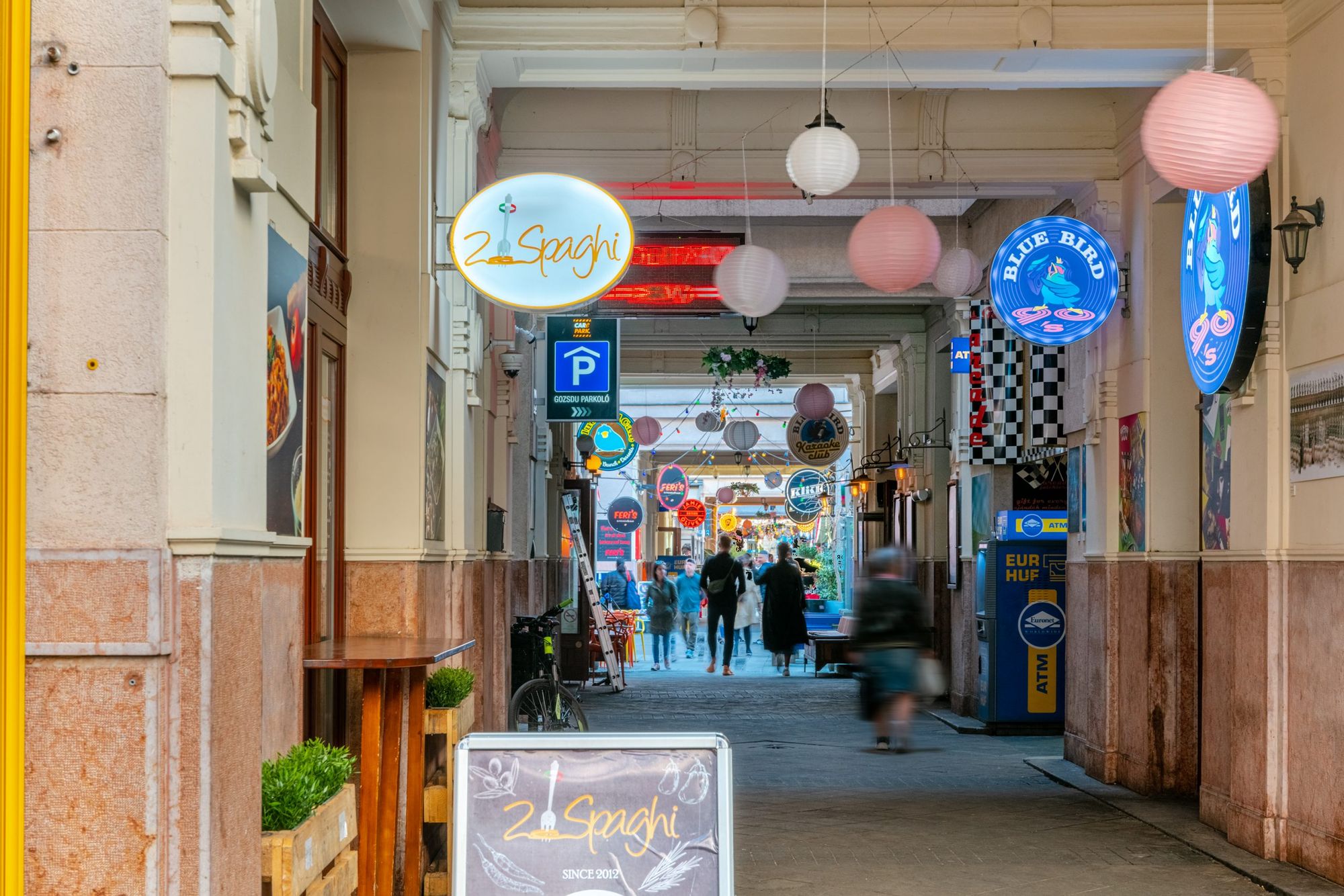

Of course, even the most dedicated Italian might want to take a break from pasta. Risotto is a true classic, but it has a form that can also hold its own as street food: arancini. This dish originated in Sicily and was first mentioned in the 18th century—when it meant a sweet, orange-shaped rice ball. The dumplings, rolled in breadcrumbs and fried in hot oil, are traditionally made with mozzarella and tomatoes or with a green-pea and beef-stew filling, but the variations are endless. Peter Benedetti, who also has Italian roots, became a fan of arancini years ago, so much so that he created a food truck and introduced the southern Italian delicacy at several festivals with great success.

It was almost by fate that he found the shop on Frankel Leó Road, whose neighborhood is his home anyway. Ironically, the epidemic struck just as Arancini Benedetti was opening, but thanks to the easy-to-eat nature of the arancini, customers came anyway, as it was the perfect choice for a casual, alfresco lunch. The selection is compact but just enough: you can choose the Classico, filled with the aforementioned beef stew, or the Cosa Nostra, which is filled with ricotta and spinach, or the smaller balls filled with jalapeño. All versions are gluten-free and fried in coconut oil, while the cheeses are lactose-free, but there is also a fully vegan version, the Margherita, with a delicious vegetable ragout filling. They can be accompanied by a variety of sauces and salads, and if you fancy something different, cream soup and a range of pasta dishes are also on the menu, as well as sweet rice pudding balls. All are creamy and crunchy at the same time, and absolutely not oily, which makes them a real comfort food upon first tasting.
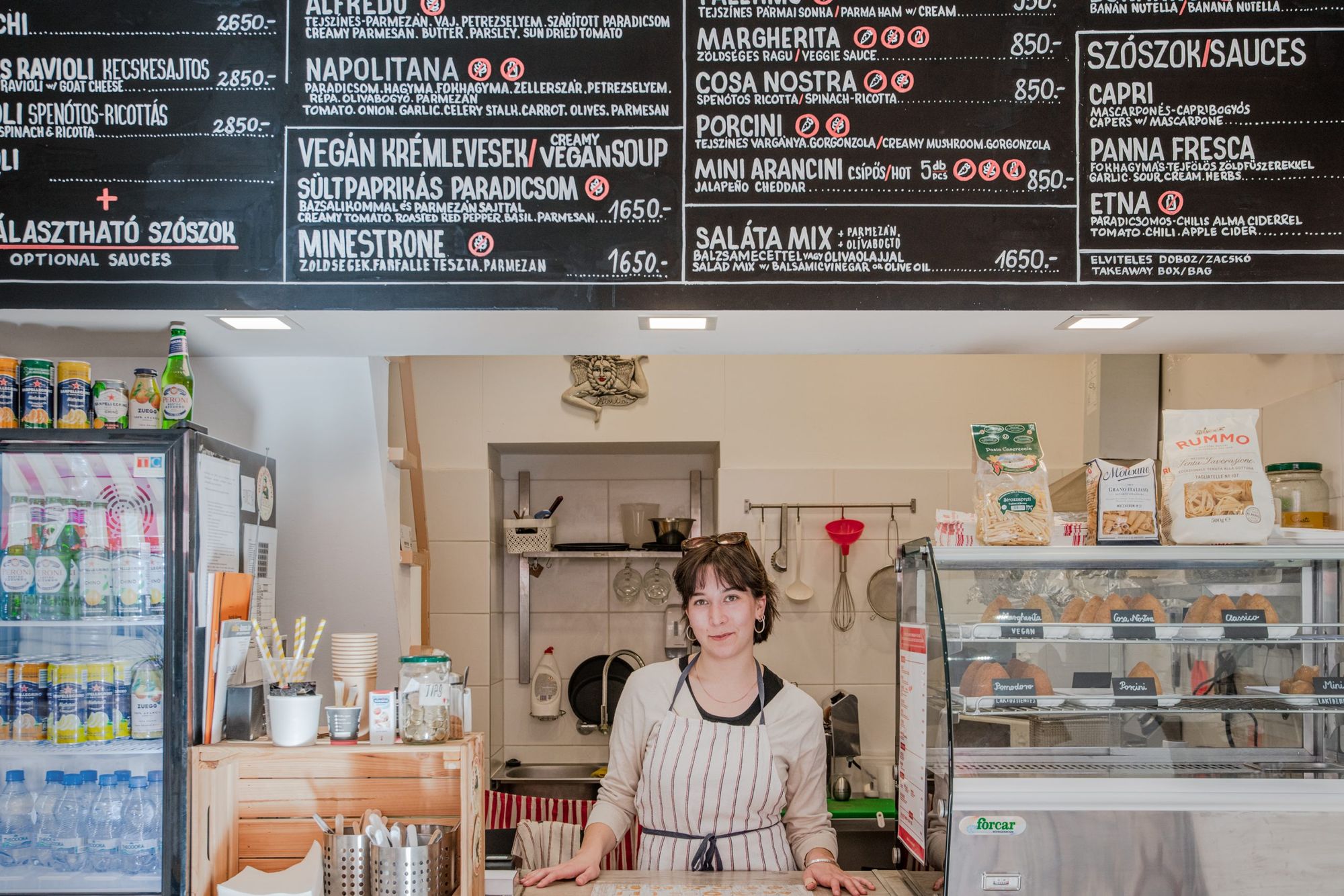

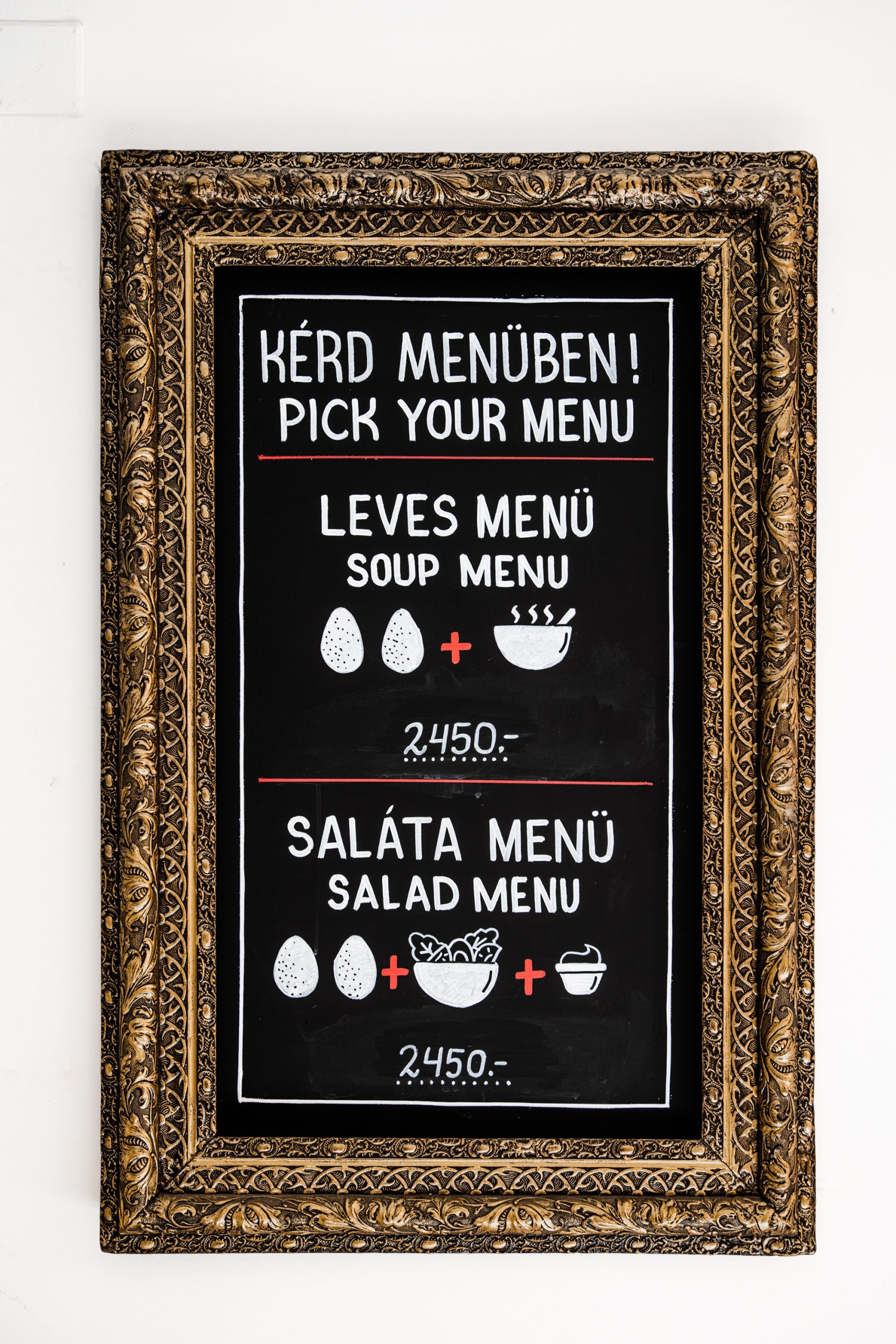
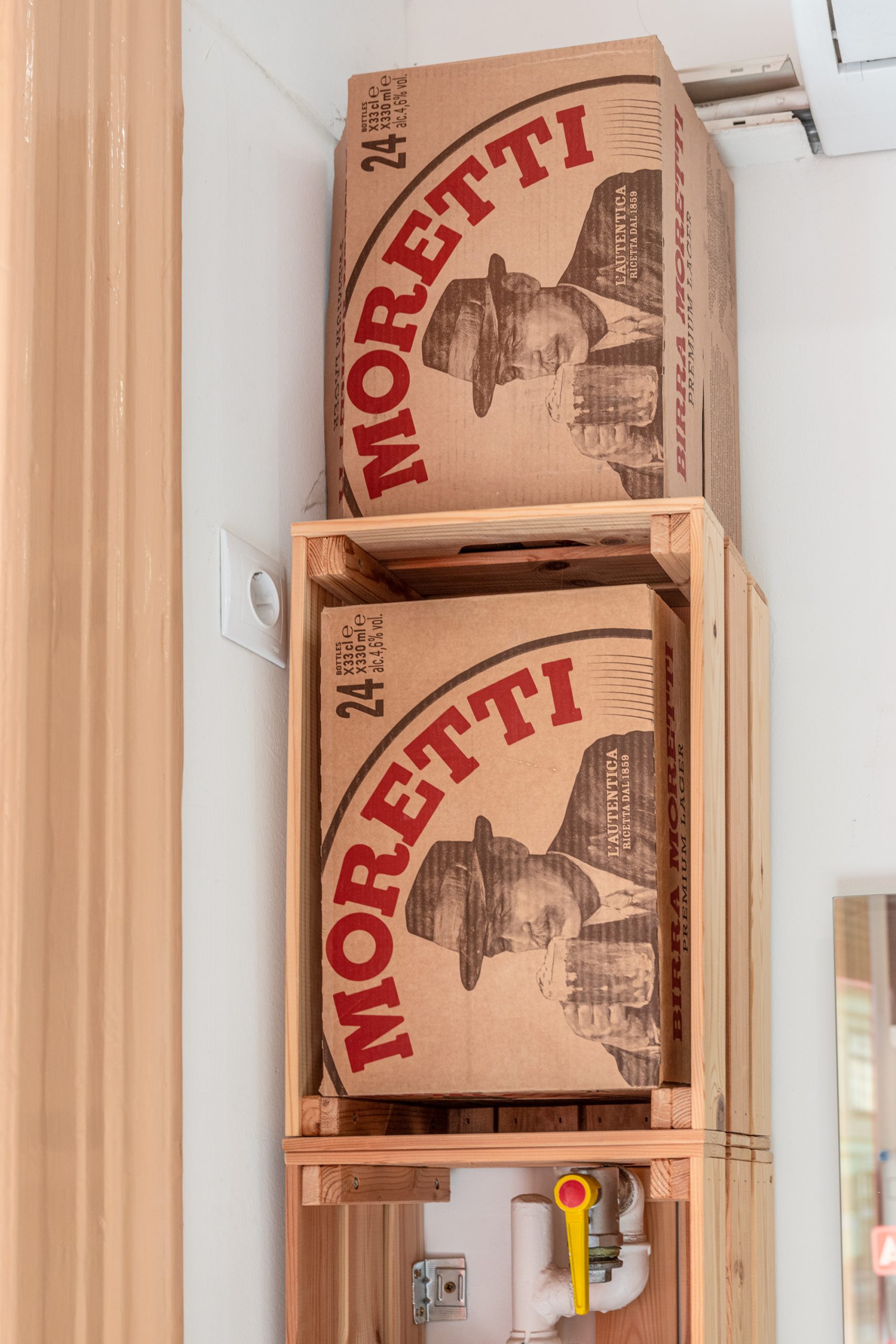
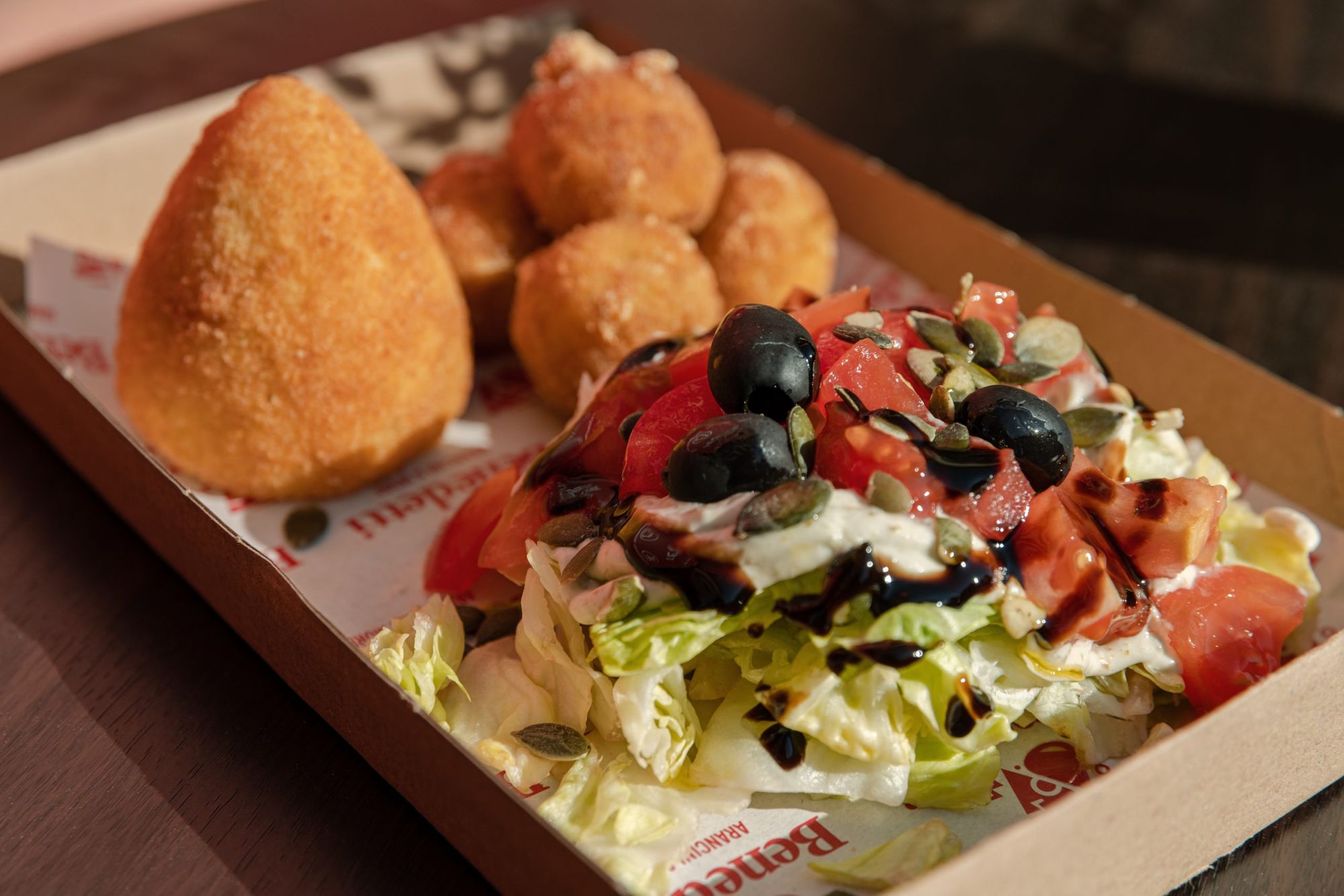
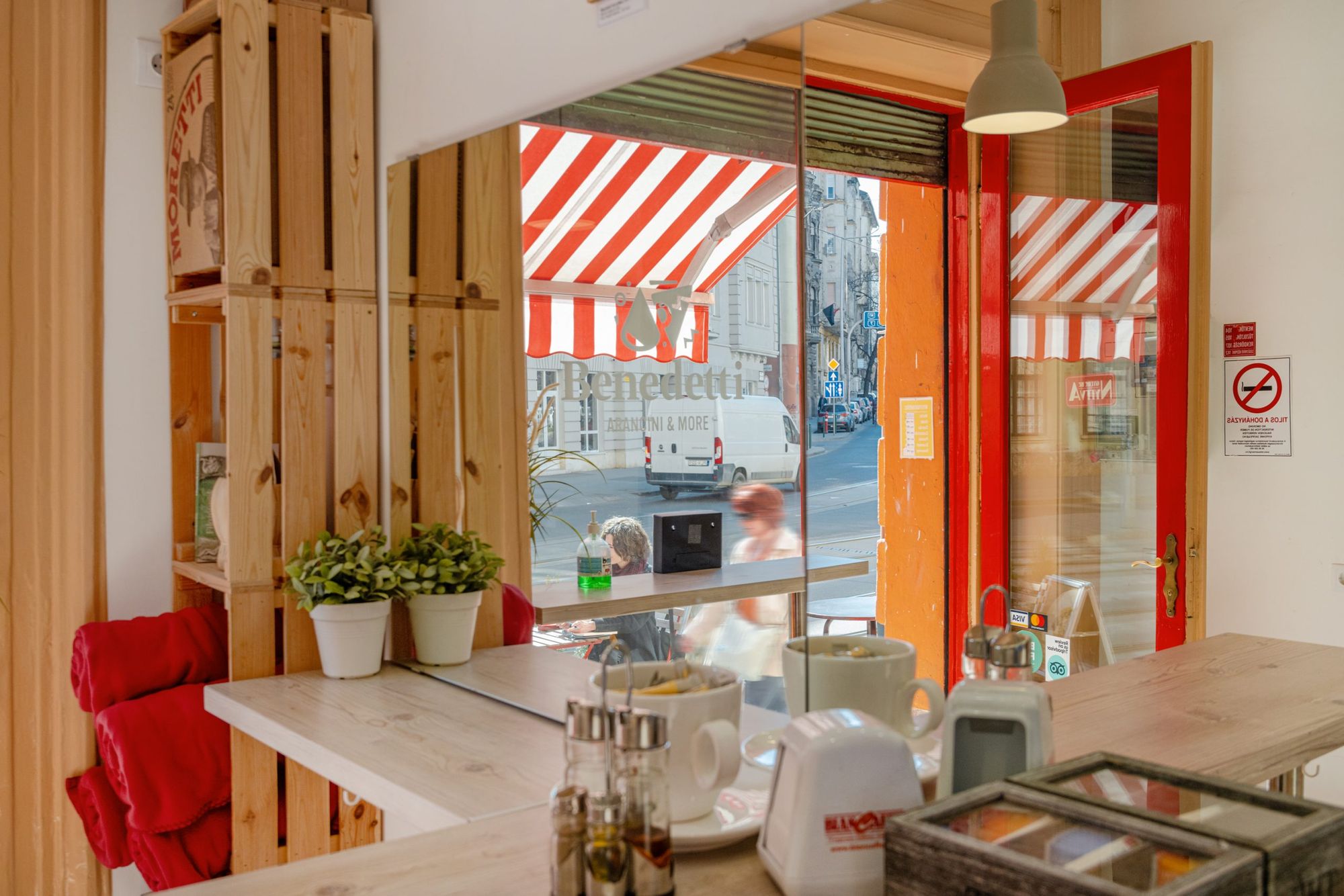
And how can we forget pizza (which really took off during the world wars, thanks to American soldiers)? All of a sudden, walking down Nagymező Street, we’re hit by a fantastic smell. Suddenly, we see people handing each other doorknobs while balancing steaming rectangular slices of pizza in their hands. Pizzica is a real term in Budapest’s gastronomic scene, especially since its history began almost 10 years ago.
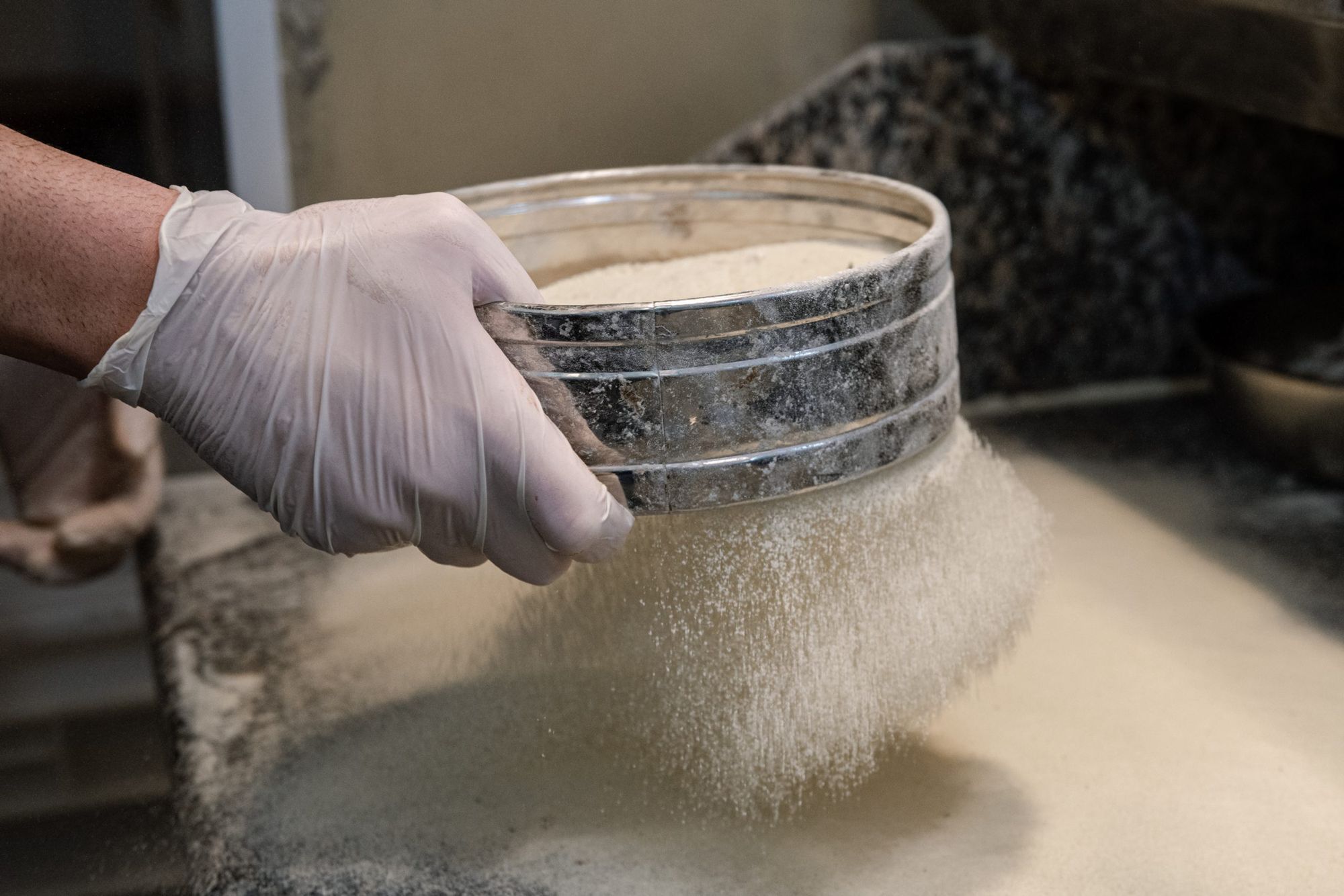
Paolo de Bartolomeo graduated as a linguist and lived in different parts of the world thanks to a university scholarship, but finally in 2004 his fate brought him to Budapest. Since he was a DJ in Lecce, he quickly got involved in the goth and industrial music circles in Hungary, while teaching Italian. He started cooking with the guys from Szimpla Kert, when he and his friends held Italian nights where you could meet, connect and of course, taste. He needed a Project B and was missing the flavors of home, so he came up with the idea to open a place: the Pizzica.
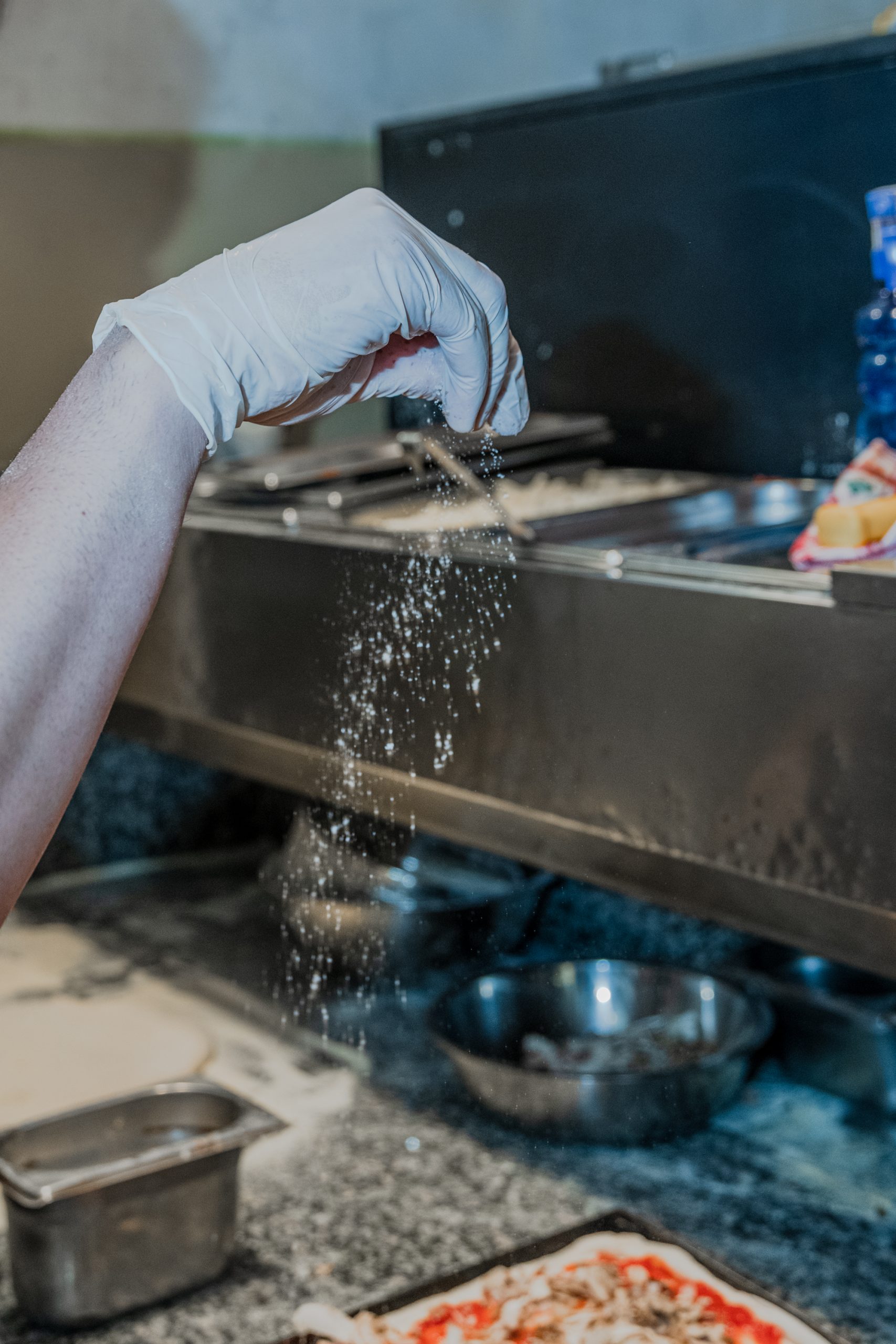

The focus here was not on the Naples pizza that has since burst onto the scene, but on Roman style—72 hours of rising time, slightly thicker dough, baked in large pans and sliced with scissors. His brother Enrico, who was still living abroad at the time, and his mother took the job seriously, started training and moved here. They don’t have a fixed menu, but with categories (base, ricca, premium) determined by the toppings they serve. They pay attention to seasonality and customer preferences, for example, the truffle and chips or the ricotta and spinach versions are big favorites. The seasoning is minimal, as the aim is to bring out the flavors of the premium ingredients. Of course, there’s also an artistic flair, with works by contemporary artists adorning the walls, in keeping with the cool, honest vibe of the place. It’s not just the home crowd who have become a real fan, but Italian tourists often stop by when they’re tired of the taste of goulash and want something more homely.



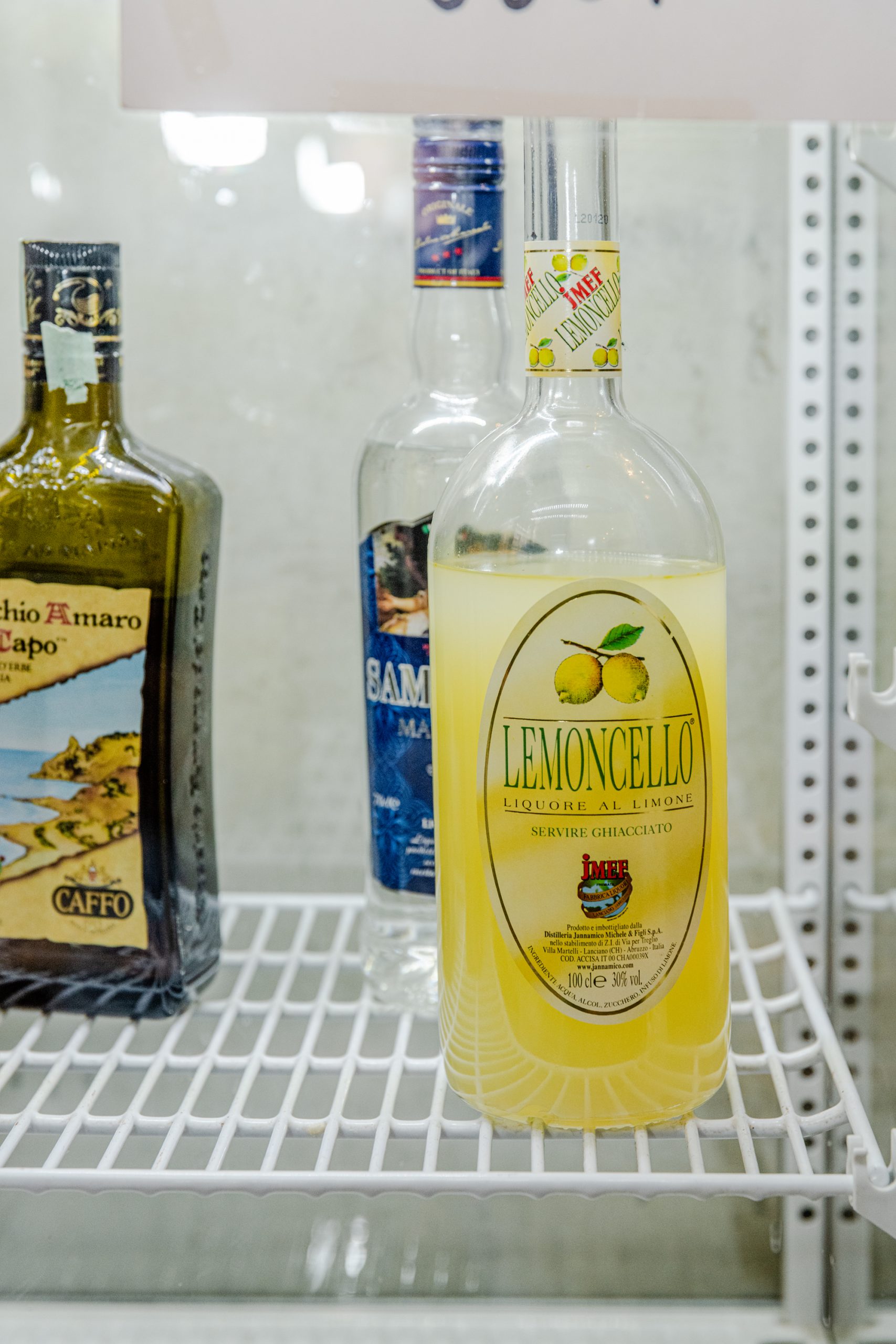

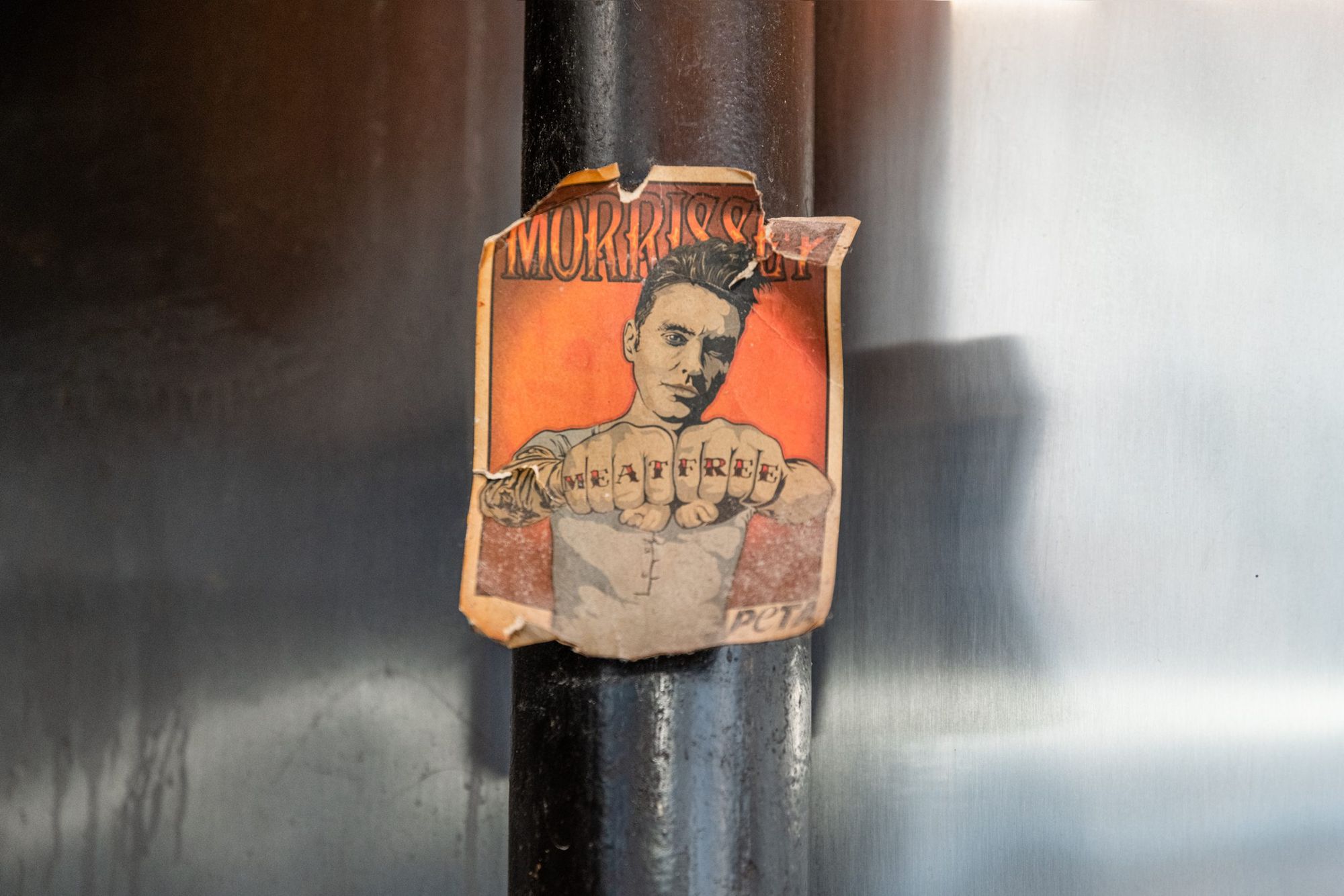
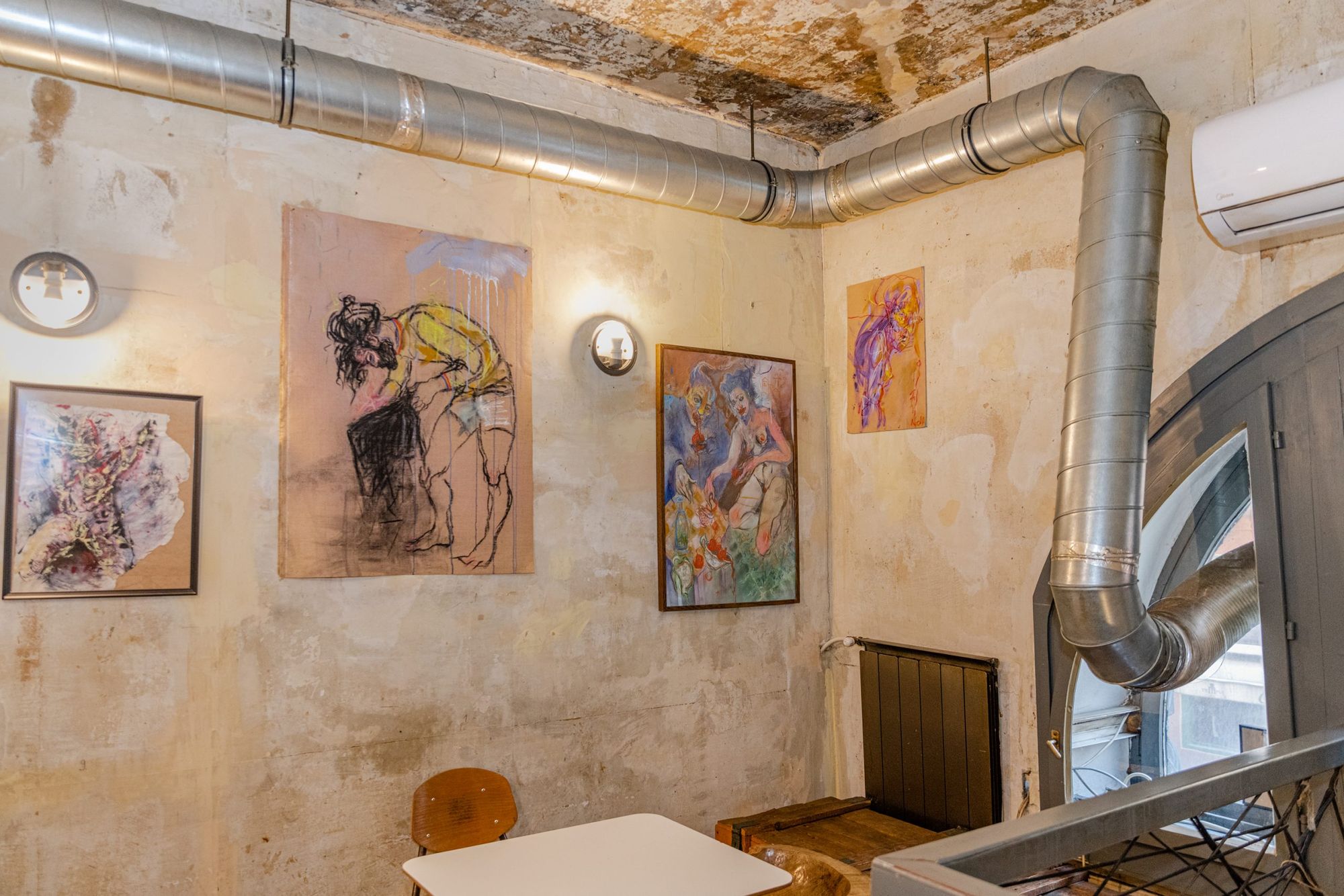
If you’re craving Neapolitan pizza, there are plenty of options to choose from. Pizza Napoletana is a protected dish and has to meet a lot of criteria: it must be cooked in an oven at 485°C for a maximum of 90 seconds, the dough must be thin and golden brown, with a few dark spots that are traces of sudden toasting air bubbles. Officially, the two basic versions are the original Marinara and Margherita, which have to be made with San Marzano tomatoes and buffalo mozzarella from Campania. The guarantee of quality is the AVPN (Associazione Verace Pizza Napoletana) logo—awarded to those who meet all the criteria. There is also another measure, the independent list of 50TopPizza—where testing happens under almost the same conditions as in the Michelin Guide. For years, there has been a Hungarian player on the list, the Belli di Mamma on Acacia Street.

The place was opened in 2019 by Riccardo Bianchi, who previously worked as an architect in Milan. His intention was to introduce the Hungarian public not only to pizza itself, but also to the concept of the pizzeria: a cosy yet stylish place where you can not only enjoy the food, but also have a good time. For this reason, even though the pizza is quickly prepared, it becomes a bistro dish instead of street food. This is reinforced by the emphasis on offering gourmet pizzas alongside the classics, and by the fact that the menu also offers wine pairings. The restaurant is a great place to spend time—the design and the interior are the work of Eszter Laki and Anikó Tóth, who made the restaurant authentic without clichés, with vivid yet clean elements such as gold, blue and green colors, using graphics that evoke Italian moments.
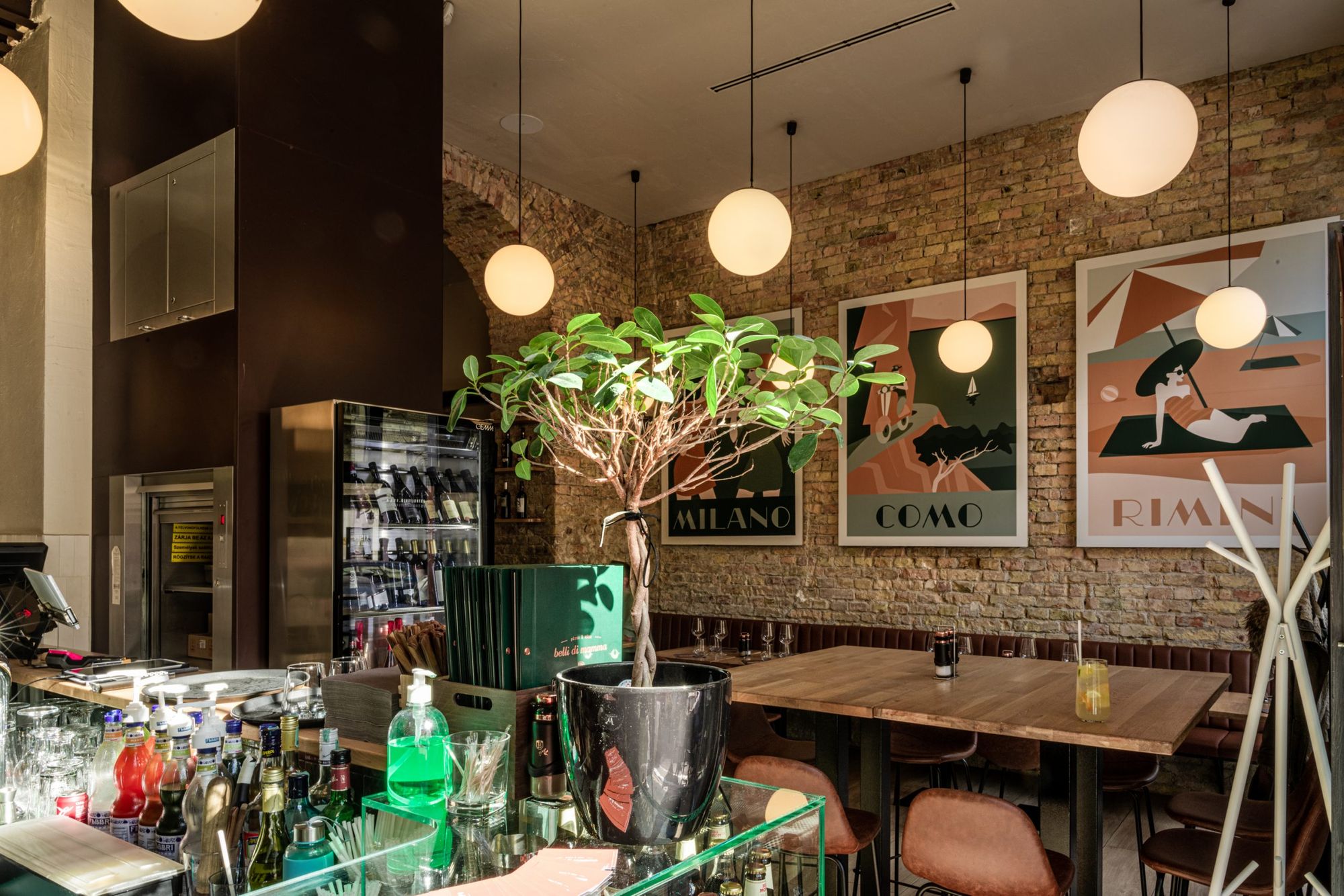
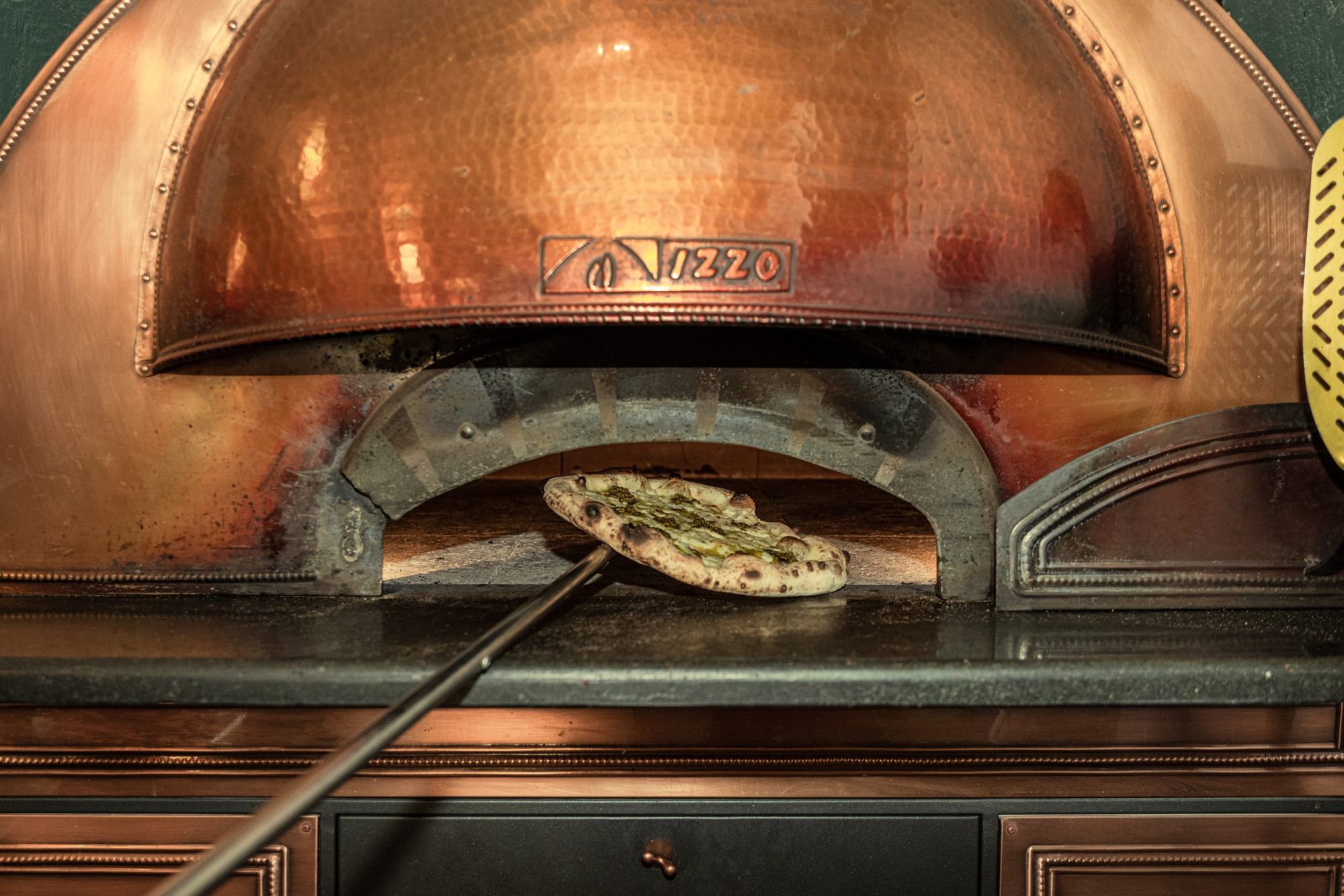


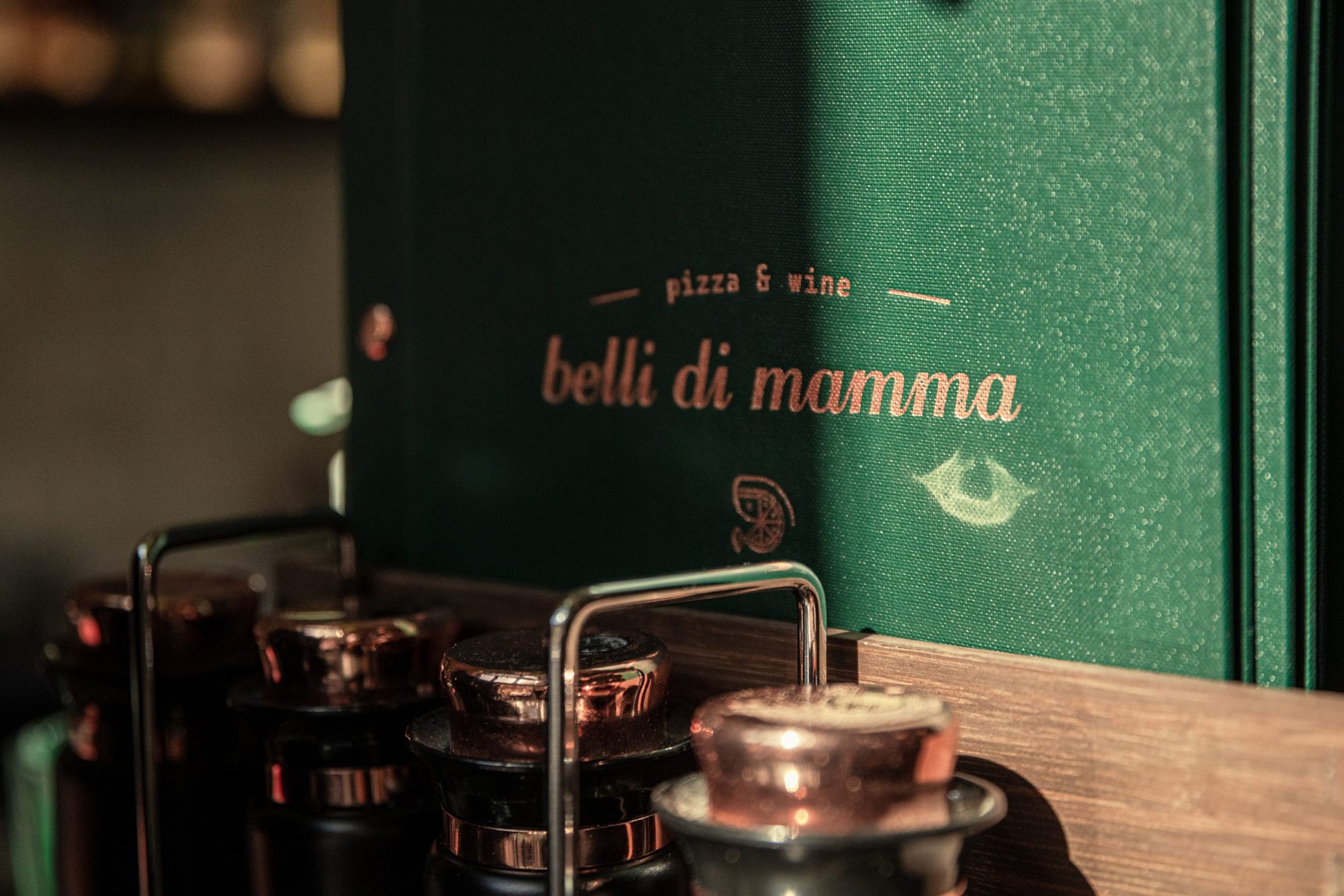
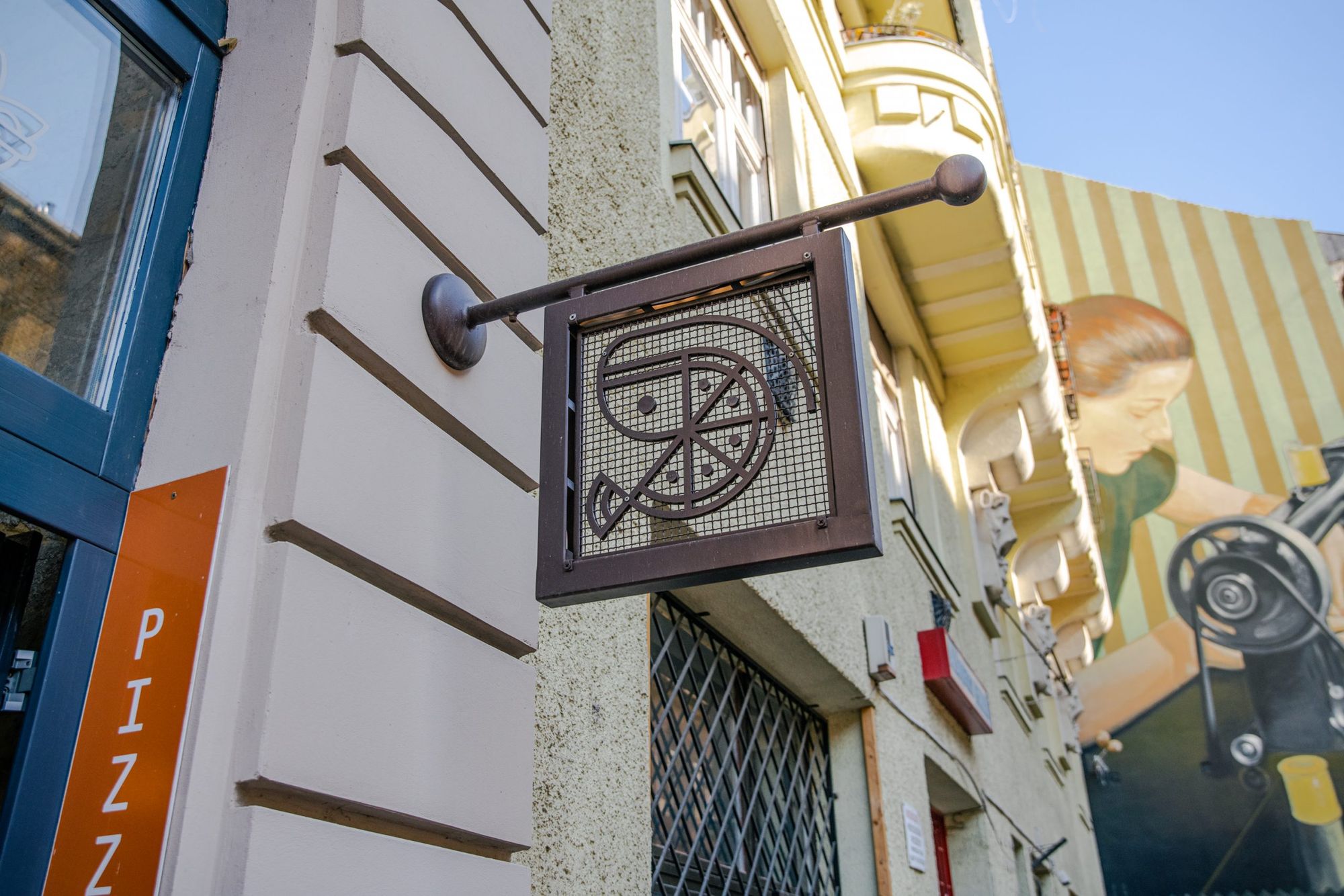
The dishes are just as thoughtful and perfect: the base is a min. 48 hour-risen dough, made from two types of Italian flour, the special feature of which is the pre-fermentation, or the biga, which is a kind of sourdough. This makes the dough much lighter, airier and less taxing on the stomach, allowing the toppings to come through more strongly. These are from Italy or the market in Klauzál Square, so everything is extra fresh. And the combinations are amazingly striking: in addition to the base with marinara sauce, there is also a choice of white pizzas, such as the Salsiccia e Friarielli with mozzarella, raw Italian sausage and “friarielli,” meaning broccoli leaves, or the highly spicy La Magiara (tomato sauce, mozzarella cheese, spicy salami, cooked ham, hot peppers and red onion), but perhaps even more unmissable are the seasonal offerings, which include beetroot cream, yellow cocktail tomatoes, anchovies and goat cheese, or pepper pesto, prawns, mozzarella and pepper. (And if you have room left in your stomach, you can of course, ask for a dessert plate!)
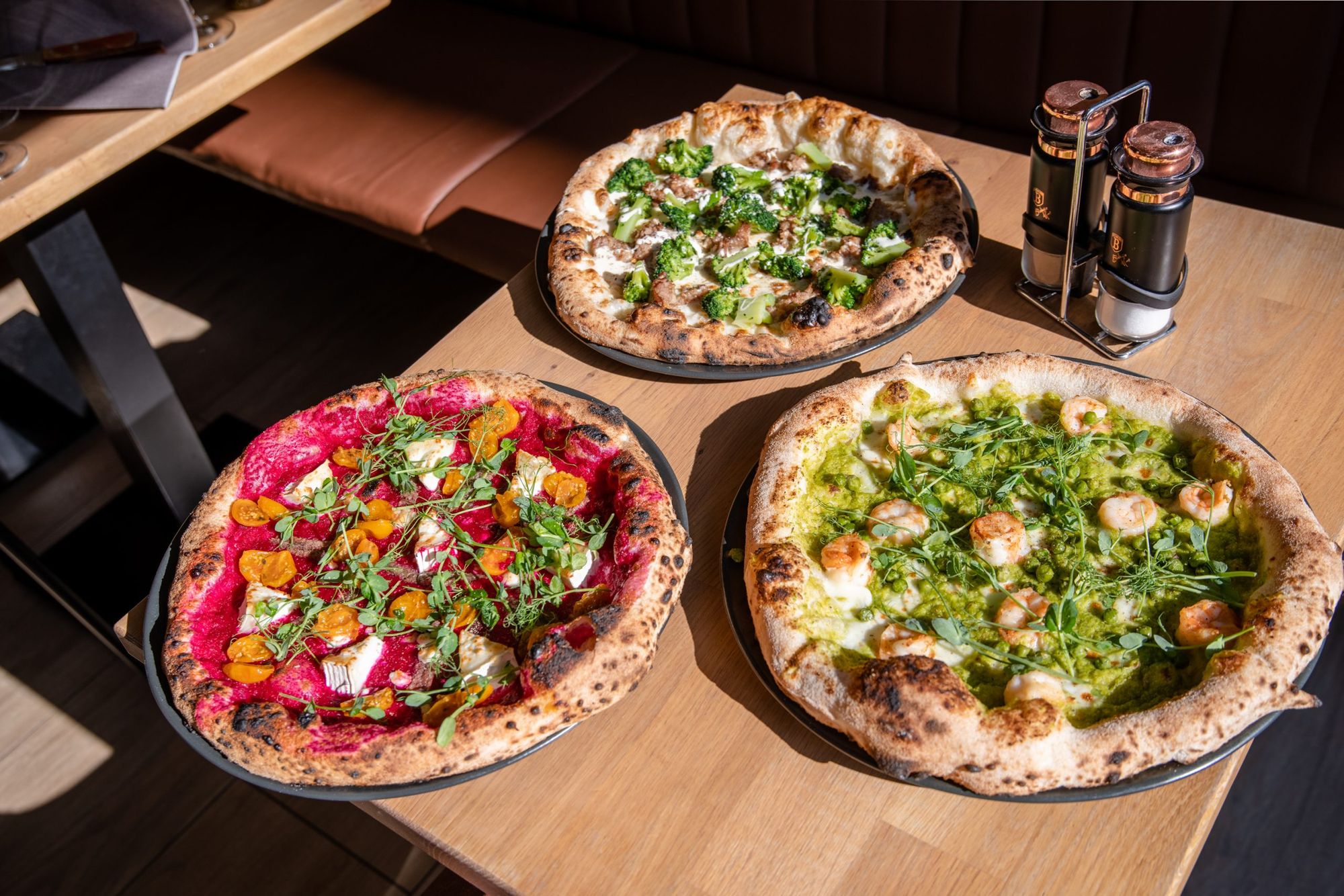
There is, of course, no Dolce Vita without desserts and characterful coffee. Luckily, Dolcissima has been there for us since 2015, right next to Arancini Benedetti—the Italian confectionery is the love project of Davide Deligio and Fahmi Szuzan and an iconic point of the Budapest gastro world that no one has been able to beat. Souzan and Davide met at a pastry school, and Souzan, who has Azeri roots, was immediately captivated by the pastry chef’s desserts, which reminded her of the flavors she had tasted on her frequent trips to Italy. (In the north, by the way, vanilla cream and mascarpone cakes are typical, while in the south, there are more oily seeds.)

Although they had the idea of reimagining Hungarian classics, the real success came with the true Italian classics: the tiramisù, the cannoli, the babà al rhum, the biscotti and the bignè, the gluten-free pasta di mandorle, made exclusively from oilseed meal, as well as treats that could be considered pastries, such as the ricotta sfogliatella or the vanilla coda d’aragosta which means crab tails. And with a wide range of desserts from Naples, Rome, Sicily, Calabria and Tuscany, we can’t leave without mentioning the creamy cake treats—Bronte is a real pistachio cavalcade with four layers (crunchy hazelnut layer, pistachio ganache (made from 100% Bronte pistachios), pistachio mousse, sponge cake, caramelized pistachio pieces) and Setteveli stands for seven veils, featuring flourless chocolate sponge cake, crunchy hazelnut layer, chocolate mousse, hazelnut ganache, vanilla mousse, chocolate glaze. The pastries are not too sweet at all, but they have a very harmonious and clean taste, so it’s easy to quickly become a fan of Dolcissima—if nothing else, ask for an Italian coffee and enjoy it with a cantuccini.
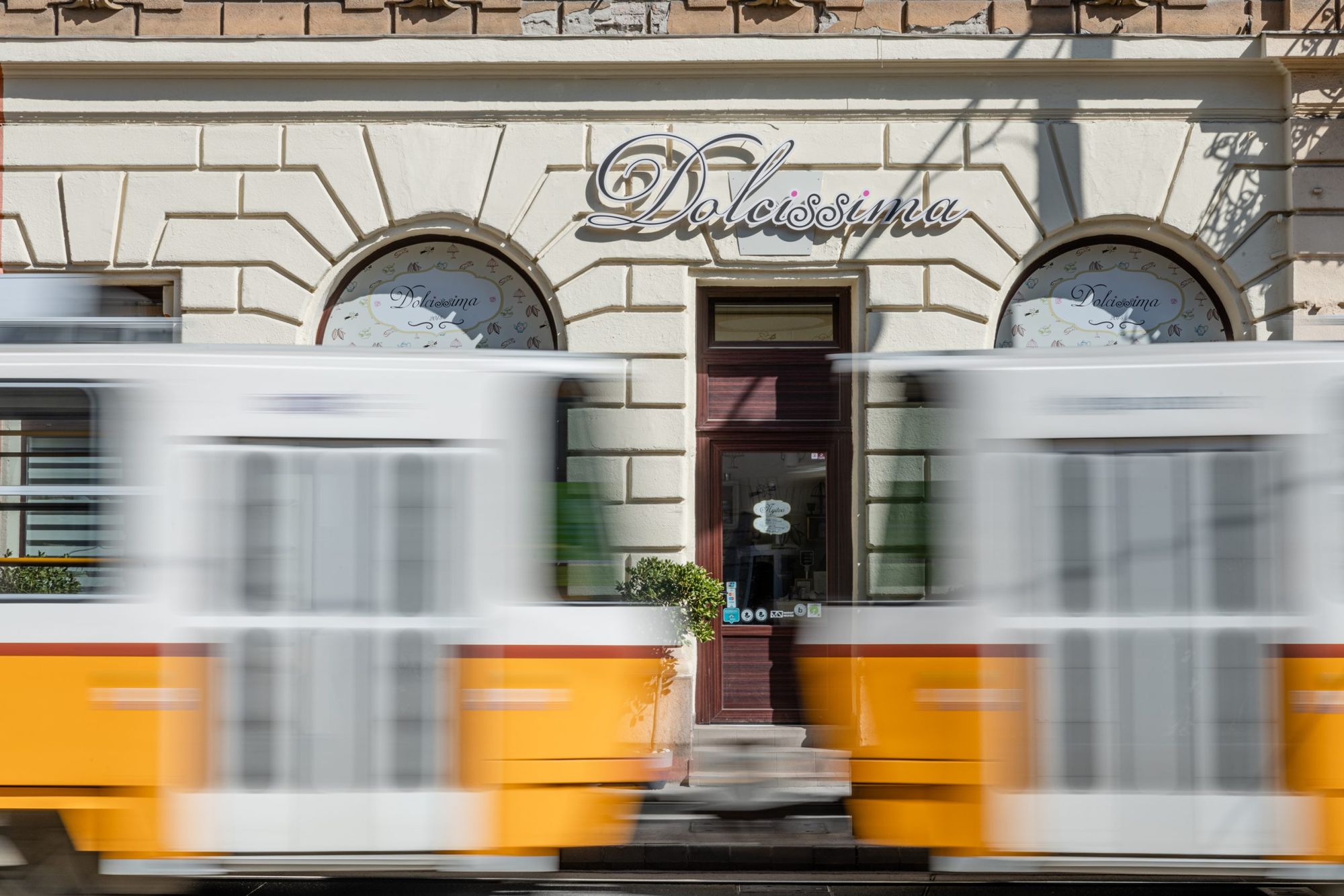
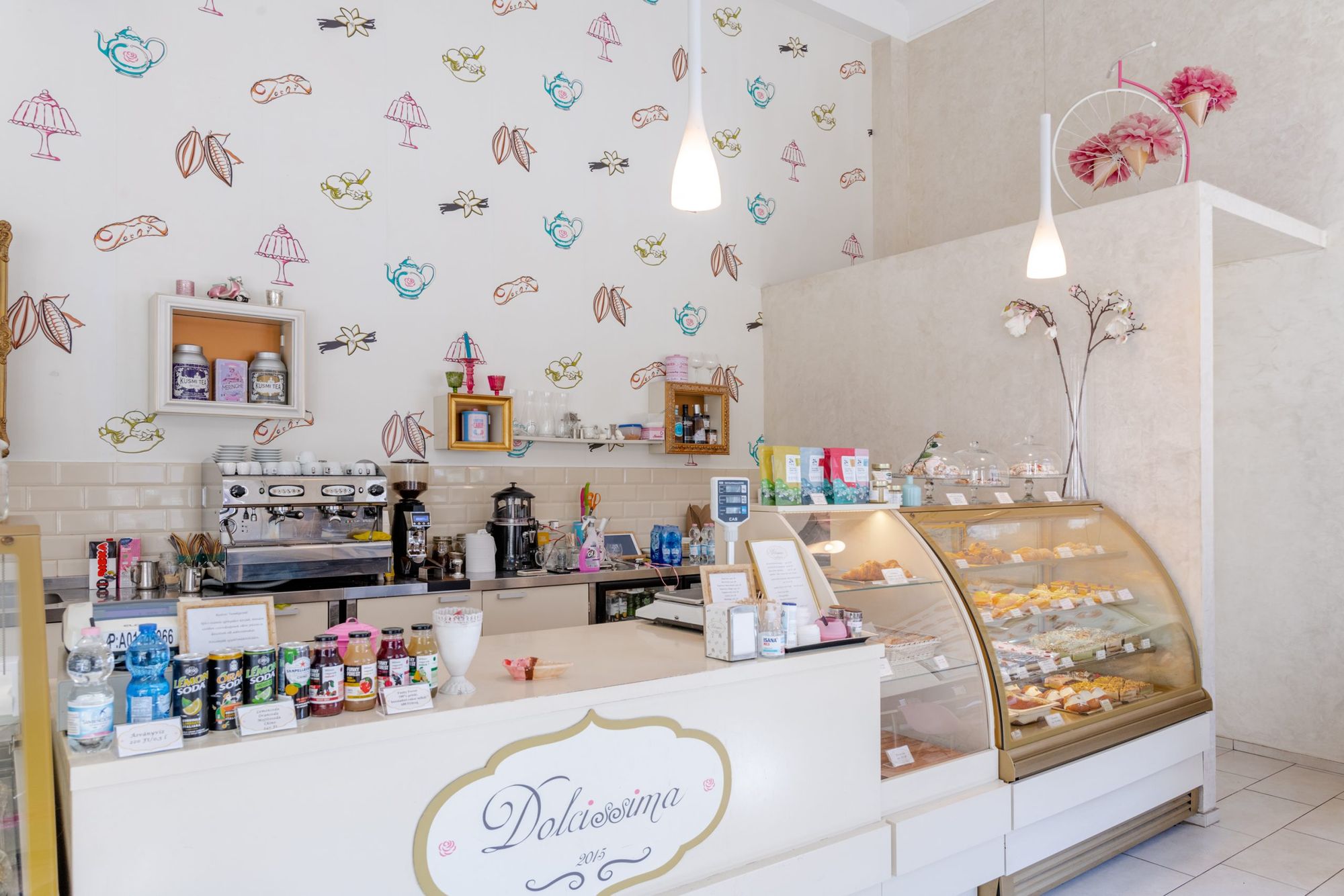
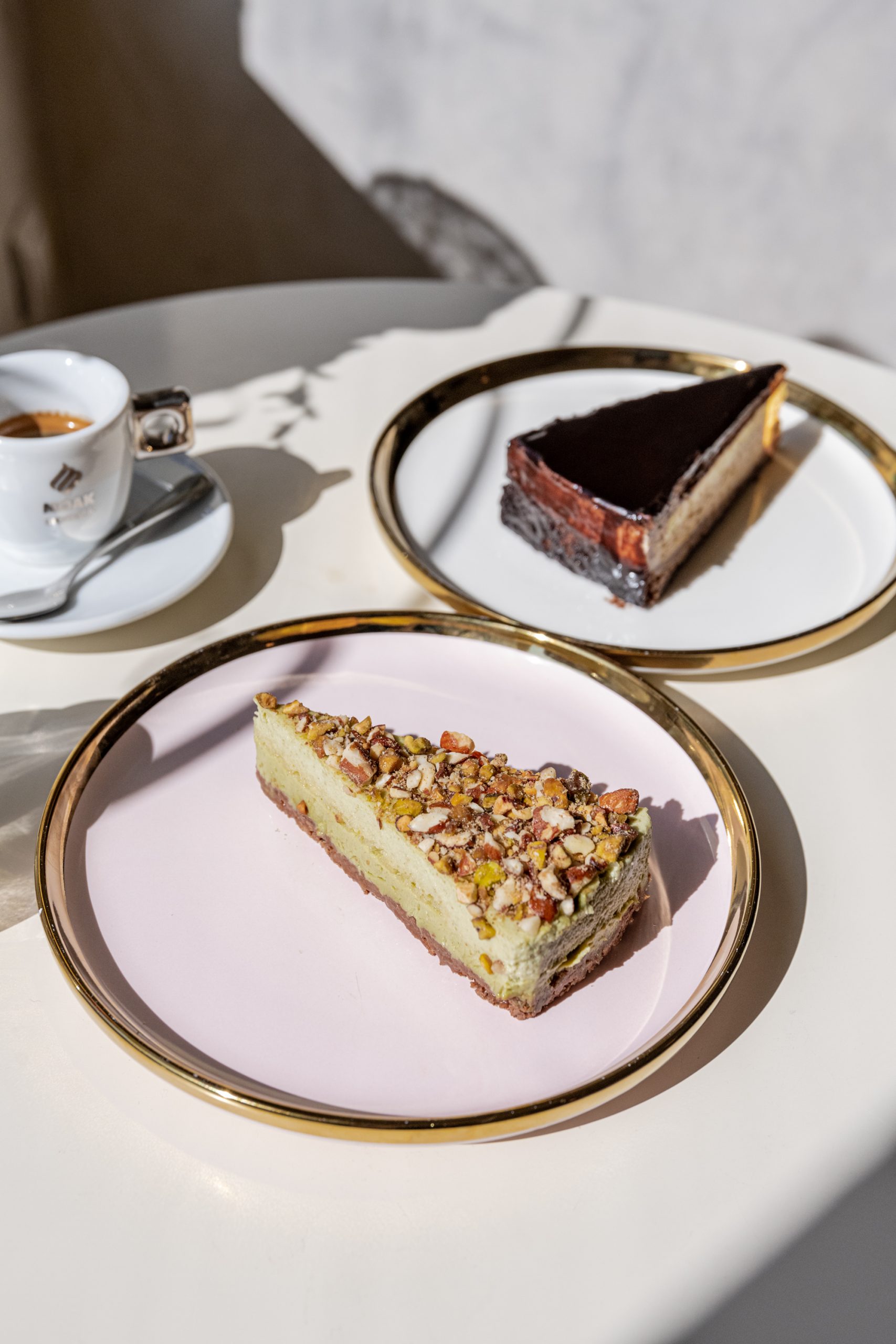
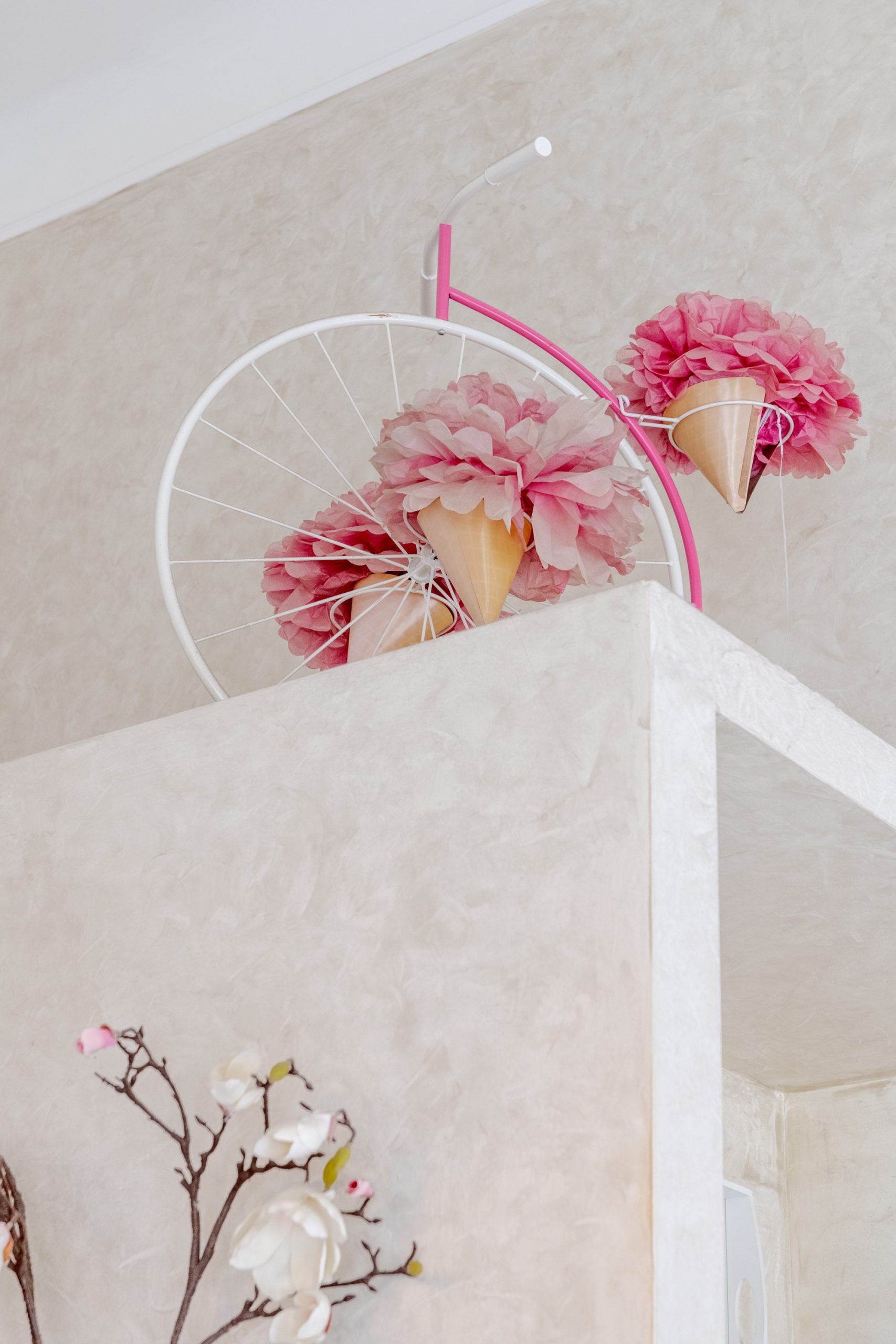
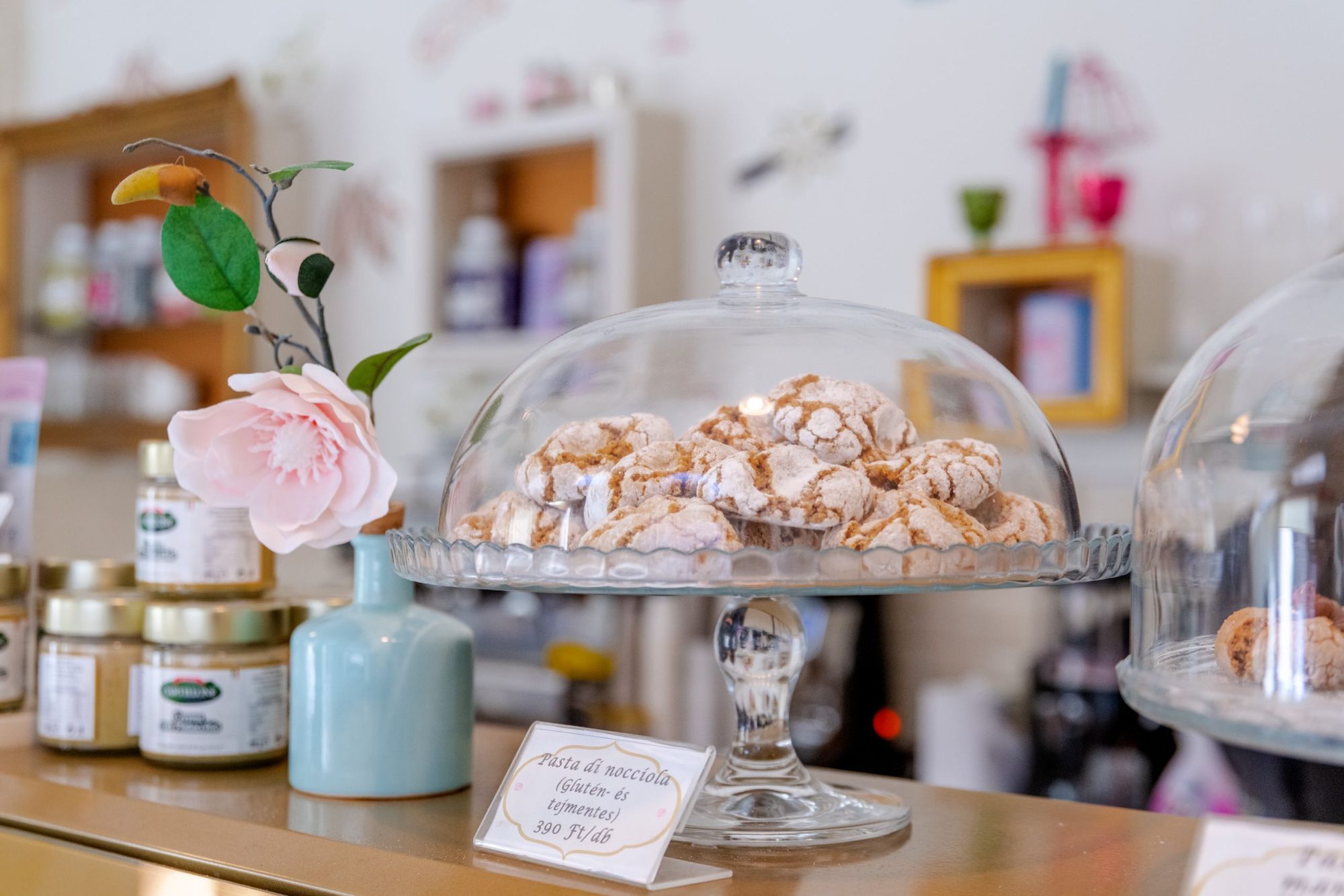


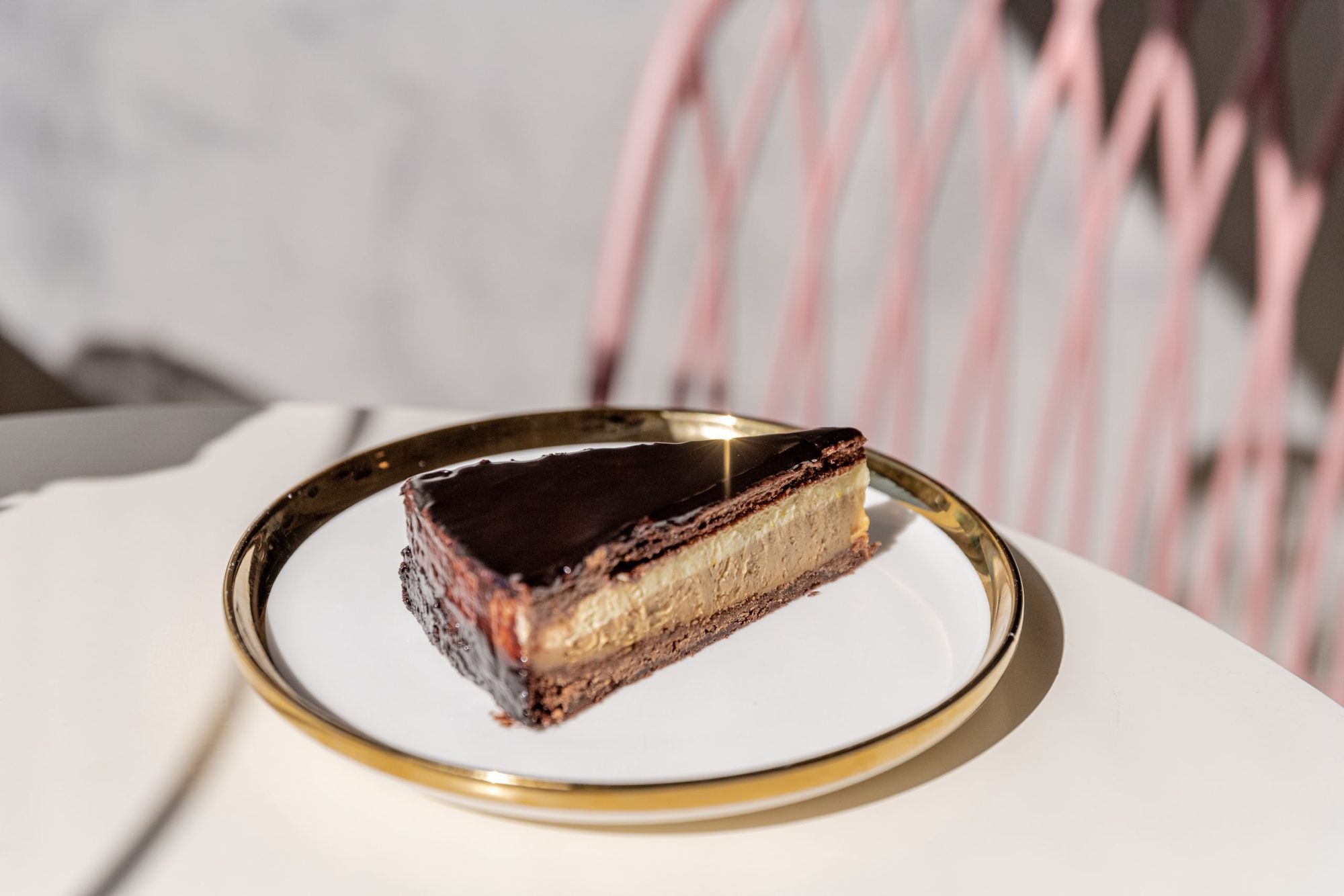
In short, if you’re preparing for a summer trip, or just want to forget your everyday worries with some comfort food, explore Italy in Budapest—you’ll find hospitality and flavors you’ll never forget. And we’re coming this summer with an ice cream episode!
Photos: Krisztina Szalay
Source: Index 1 és 2, KSH, Dining Guide 1 and 2
Previous episodes:

This building in Bucharest was transformed from an abandoned factory to a stylish nightclub!
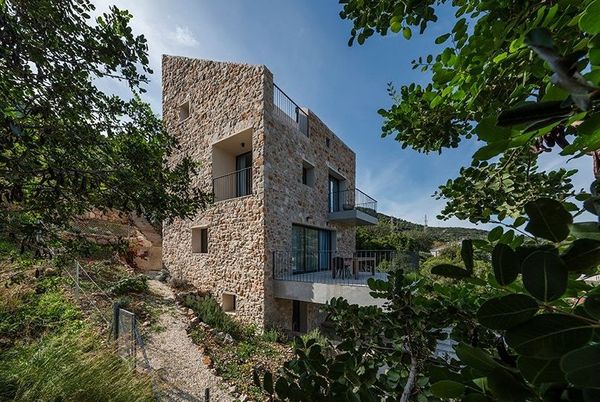
Panoramic villa built in Croatia from the stones of the Vis island











